Trip Info
-
Minivan, 4x4 Modified Safari Vehicle
-
3* to 5 * Hotels, Lodges, Guesthouses
-
Dinner, Bed and Breakfast
-
English, German, French, Spanish
-
Scheduled Guided Tour
-
Easy to Moderate
-
Min: 4 & Max: 8
-
All year round
-
Windhoek City
-
Windhoek City
-
12
-
75
Overview
This trip unlocks vast iconic attraction sites of Namibia, visiting the Kalahari Desert, Quiver Tree Forest a spectacular collection of quiver trees, the incredible Fish River Canyon (the largest Canyon in Africa (second largest in the world after the Grand Canyon in USA) and spend some time in Kolmanskop (ghost town). Spend 2 nights in the Magical Namib Desert. The view on top of the mountainous dune named ‘Big Daddy’ in Sossusvlei will take your breath away. Then to Swakopmund – West Coast Recreational Area, the country’s leading adrenaline destination, with a wide range of activities to suit all ages and (most) egos.
Proceed to the beautiful desert region of Damaraland to explore the World Heritage Site of Twyfelfontein’s rock engravings before immersing yourself in our culture; meeting Himba people. Etosha National Park is one of Southern Africa’s finest and most important Game Reserves, home to 114 mammal species, 340 bird species, 110 reptile species, 16 amphibian species and, surprisingly, one species of fish. This trip departs from Windhoek every Sunday morning.
Trip Highlights
- Endless expanses, contrasting landscapes in all shapes and colours of the Kalahari Desert.
- The Quiver Tree forest comprising of about 250 specimens of Aloe dichotoma,
- Explore the spectacular Fish River Canyon, the largest canyon in Africa.
- Luderitz town, a fine collection of graceful buildings dating back to the German era.
- Kolmanskop, a desert ghost town built in the 1920's during the diamond rush.
- Sossusvlei, it is possibly Namibia’s most spectacular and best-known attraction.
- Swakopmund, one of those great traveler way stations along the African road.
- Damaraland, one of the most scenic areas in Namibia, seeing Twyfelfontein's Rock Engravings.
- Himba people, Namibia’s most distinctive tribes known with their intricate hairstyles and traditional adornments.
- Etosha National Park, its charm lies in its ability to bring the animals to you.
Itinerary
This morning, a Tour Guide from Nali Safaris will collect you from your various accommodation establishments or from the Windhoek International Airport (assuming you land before 08h00). You then depart Windhoek in your safari vehicle with your private guide and drive to the Kalahari Desert, via the small town of Rehoboth, a community that still lives according to their paternal laws dating back to 1872.
The Kalahari Desert is not a desert in the strictest sense of the word, as it receives too much rainfall. It’s only the vast expanses of sand, through which precipitation filters rapidly, leaving nothing on the surface, that have made the Kalahari into the ‘thirst land’ that early European settlers described. Explore the Gondwana Kalahari Park on the sunset drive and celebrate life atop a red Kalahari dune. Drink in the beauty of the Kalahari where gemsbok flourish and sociable weavers build gargantuan nests atop camelthorn trees.
The optimum time to experience the Kalahari colours is when the sun dips in the late afternoon and lights up the sand as if glowing from an inner fire. Don’t miss this time of day when the Earth seems to pause for Kalahari magic. Providing an oasis in the desert for groups, individual travellers, Kalahari Anib Lodge is a relaxed and down-to-earth stopover for a taste of Kalahari. Enjoy a scenic, sunset nature drive in an open safari vehicle before dinner
Overnight: Kalahari Anib Lodge or similar
After breakfast, drive through the Kalahari region and visit the Quiver Tree Forest near Keetmanshoop. The forest was declared a national monument of Namibia and comprises of about 250 specimens of Aloe dichotoma, which the San people used to make quivers. A short stop will be made in Keetmanshoop, with lunch en route.
Resembling a roadhouse of old, the lodge is a veritable treasure-trove and a ‘must-do’ stop when visiting the canyon. The outside area hints of the wonderland interior with its rusty old Chevys and Fords from a bygone era, adorned with corky quiver trees and desert flora. Park your vehicle and step inside.
As if you have entered an Aladdin’s cave, the large doors open onto an International truck serving as the reception desk, a ‘pompstasie’ (filling station) bar and an assortment of classic vehicles and transport paraphernalia assembled with an innovative and creative flair – and a good deal of humour! Restaurant tables are placed in between and the cabs of several cars serve as zany fireplaces in the chilly winter months. After check-in, relax for a while and then depart to the main view point of Fish River Canyon for sunset viewing.
Overnight: Canyon Roadhouse Lodge or similar
Canyon Roadhouse has more than just a fascinating interior. Large attractive rooms, positioned around courtyards, make the Roadhouse a comfortable – and convenient – base when visiting the Fish River Canyon, just 14 kilometres away. The canyon resort has a swimming pool, a campsite, a terrace to enjoy Roadhouse specialities like Amarula Cheesecake (and the best cappuccino for miles around) and a walking trail through the hills.
This morning we travel to the spectacular Fish River Canyon for sunrise viewing. The Fish River Canyon is the largest Canyon in Africa and second largest in the world after the Grand Canyon in USA . It features a gigantic ravine, in total about 160km long, up to 27km wide and in some places 550m deep. After breakfast we depart to the charming coastal town of Lüderitz.
The drive today takes you southwest to Lüderitz area, it has a fine collection of graceful buildings dating back to the German era. Set against the background of black rock and the sparkling blue waters of the bay, this architectural heritage gives Lüderitz its special charm. Our journey continues to Lüderitz and we make a stop in the little town of Aus for lunch in a restaurant. Arrive in Lüderitz town and after check-in the hotel you either relax at the hotel or you take a stroll to experience this remarkable town.
Overnight: Lüderitz Nest Hotel or similar
Today you rise early before sunrise to join an optional extra excursion, a trip on the Zeepard which is a catamaran. We take a cruise around Lüderitz bay and if weather permits, to Halifax Island to see the Jackass Penguins and flamingos. If the weather conditions are suitable, we may also see some heavy side dolphins, which are endemic to this part of the Atlantic Ocean.
Straight after the boat trip we will drive out to Kolmanskop, a desert ghost town about 20 km out of Lüderitz. It was built in the 1920’s during the diamond rush and was abandoned when bigger and better diamonds were found further along the coast. The area is still abandoned and the desert has encroached over the entire town, giving an eerie feeling and real meaning to the word “ghost”.
During the middle of the day there is time to explore Lüderitz Town with its traditional German architecture. Later we will take a drive out to Diaz Point to see the bird life, hopefully a few seals, and the stone cross replica, originally erected by the Portuguese mariner Bartholomew Diaz.
Overnight: Lüderitz Nest Hotel or similar
After breakfast we depart Lüderitz town to Sesriem Area. Along the route you will experience ever-changing vistas of the desert landscapes driving along the most beautiful district road of Namibia, the D707 (road conditions permitting). Visit Duwiseb Castle, a grand medieval fortress, built in the hills of the semi-arid Southern Namib region. Learn more about the Castle’s fascinating history, before continuing to your lodge, arriving in the early afternoon.
Arrive at the your overnight accommodation. The Lodge is overlooking the highest dunes in the world. Le Mirage Resort & Spa is a unique establishments in the Sossusvlei area. It is situated 21 km from the Sesriem gate to Sossusvlei. This makes it one of the lodges closest to the Sossusvlei and the ideal place to stay when you want to visit the highest dunes in the world.
Overnight: Le Mirage Lodge or similar
This morning you will need to rise early for a magical excursion with your guide in the Namib Naukluft National Park, normally setting off before sunrise to capture the dunes whilst the light is soft and shadows accentuate the towering shapes and curves. This area boasts some of the highest free-standing sand dunes in the world and your guide will give you an insight on the formation of the Namib Desert and its myriad of fascinating creatures and plants that have adapted to survive these harsh environs. Once you have explored Sossusvlei, Deadvlei and surrounding dune fields to your heart’s content you then return to a nearby restaurant at Sesriem gate for lunch, with the option to visit Sesriem Canyon after lunch.
Sossusvlei: This most frequently visited section of the massive 50,000 km² Namib Naukluft National Park has become known as Sossusvlei, famous for its towering apricot coloured sand dunes which can be reached by following the Tsauchab River valley. Sossusvlei itself is actually a clay pan set amidst these star shaped dunes which stand up to 300 meters above the surrounding plains, ranking them among the tallest dunes on earth. The deathly white clay pan contrasts against the orange sands and forms the endpoint of the ephemeral Tsauchab River, within the interior of the Great Sand Sea.
The river course rises south of the Naukluft Mountains in the Great Escarpment. It penetrates the sand sea for some 55 km before it finally peters out at Sossusvlei, about the same distance from the Atlantic Ocean. Until the encroaching dunes blocked its course around 60,000 years ago, the Tsauchab River once reached the sea; as ephemeral rivers still do in the northern half of the Namib.
Sand-locked pans to the west show where the river previously flowed to before dunes shifted its endpoint to where it currently gathers at Sossusvlei. Roughly once a decade rainfall over the catchment area is sufficient to bring the river down in flood and fill the pan. On such occasions the mirror images of dunes and camel thorn trees around the pan are reflected in the water. Sossusvlei is the biggest of four pans in the vicinity. Another, famous for its gnarled and ghostly camel thorn trees, is Deadvlei which can be reached on foot over 1 km of sand. Deadvlei’s striking camel thorn trees, dead for want of water, still stand erect as they once grew. They survived until about 900 years ago when the sand sea finally blocked the river from occasionally flooding the pan.
Sesriem Canyon: Sesriem Canyon has evolved through centuries of erosion by the Tsauchab River which has incised a narrow gorge about 1.5 km long and 30 meters deep into the surrounding conglomerates, exposing the varying layers of sedimentation deposited over millions of years. The shaded cool depths of the canyon allow pools of water to gather during the rainy season and remain for much of the year round. These pools were a vital source of water for early settlers who drew water for their livestock by knotting six (ses) lengths of rawhide thongs (riems) together, hence the canyon and surrounding area became known as Sesriem.
Overnight: Le Mirage Lodge or similar
Please Note: Option to include a sunrise balloon flight before you depart for Swakopmund (optional extra at additional cost). Please note that if making use of this offer, it will need to be booked exclusively with Nali Safaris in order to fit in with other timings for this day.
The fascinating drive today takes you northwest through awesome and ever changing desert landscapes of the Namib Naukluft National Park, including the impressive Gaub and Kuiseb canyons. You will meet the coast at the port town of Walvis Bay and then continue north to Swakopmund where you can enjoy the pleasant seaside location and cooler coastal air for your next two nights. There will be time this afternoon to explore the town and wander along the waterfront on foot, before heading off for dinner at a popular restaurant which specializes in locally harvested seafood.
Swakopmund: Swakopmund resembles a small, German coastal resort nestled between the desert and the sea. It boasts a charming combination of German colonial architecture blended with modern hotels, shops, restaurants, museums, craft centres, galleries and cafés. Swakopmund had its beginnings as a landing station in 1892 when the German Imperial Navy erected beacons on the site. Settlers followed and made attempts to create a harbor town by constructing a concrete Mole and then an iron jetty – which attempts were ultimately unsuccessful.
The advent of World War one halted developments, and the town sank into decline until half a century later when infrastructure improved and an asphalt road opened between Windhoek and Swakopmund. This made reaching the previously isolated town quicker and easier and it prospered once again to become Namibia’s premier resort town. Although the sea is normally cold for swimming there are pleasant beaches and the cooler climate is refreshing after time spent in the desert.
Overnight: Swakopmund Sands Hotel or similar
Swakopmund Sands Hotel: Luxury, comfort, tranquility, hospitality and attention to detail; these are attributes which ring true at Swakopmund Sands. Treat yourself and make your experience one to remember. Swakopmund Sands’ location, on the platinum mile, is within walking distance along the beach leading directly into town. And for peace of mind, 24-hour secure parking is available.
The Swakopmund Sands presents you with a choice of 21-rooms, ranging from luxury rooms, to single and family rooms. Conveniently located within short walking distance of the ‘Mole’, this modern, uplifting and inviting hotel is the ideal base for one’s stay. Every effort is made to surprise and delight guests with thoughtful touches and locally inspired reasons to smile. Each en-suite room is designed with comfort in mind and is equipped with air-conditioning, tea/coffee station, fridge, TV, complimentary Wi-Fi and safe.
Today is a free day. The idea is to allow time for everybody to do their own thing. Swakopmund is a very pleasant seaside town with lots of shops, a good stretch of beach (although the Atlantic here is quite cold) and an open-air curio market. There is also a very good museum and the Namibian National Marine Aquarium is located in Swakopmund.
Alternatively, there are various optional activities that can be arranged. These include airplane and microlight flights over the desert, scenic drives, fishing trips (both from the beach or in a boat), four-wheel motorcycle (quad bike) trips into the desert and over the sand dunes around Swakopmund, sand boarding trips (also in the dunes), skydiving, surfing, bird-watching and many other activities are available. Your tour guide will discuss all the possible options with you before you reach Swakopmund and will offer to make bookings in advance of your arrival.
In addition to this, you can opt for the memorable excursion of the Full Day Shipwreck Sandwich Harbor Excursion (activity on own account). You check in at the office located at Walvis Bay Waterfront at 08h00 for a departure shortly thereafter. After a short break at the Walvis Bay Lagoon to see masses of flamingos, the drive initially takes us through our exclusive Concession area to the Kuiseb river delta, a dry riverbed where the odd springbok may still be seen.
We proceed on a route through the dunes and along the beach, stopping at various spots along the spectacular Sandwich Harbor lagoon. We drive southwards on narrow stretches of beach where the majestic dunes of the Namib Desert roll into the sea. We will arrive at the Shawnee ship wreck late morning. Namibia’s coast’s rough seas, roaring winds and strong ocean currents are primarily responsible for a number of shipwrecks strewn along the Namibian coast. One of these is the Shawnee, a transport tug that ran aground in mysterious circumstances on 6th February 1976. Now wedged on a narrow stretch between the ocean and the dunes, it is home to a variety of seabirds and black-backed jackal.
You will be served with lunch on the spectacular beach at the wreck, consisting of a selection of fresh Namibian oysters paired with crisp sparkling wine; meat and fish platters with Namibian beer, an assortment of cool drinks and bottled mineral water. We proceed over some exhilarating dunes and you will experience some of the area’s typical fauna and flora.
Animals which have developed ways to adapt to the desert include the black-backed jackal, fog-basking beetle, dancing spider (‘white lady of the Namib’), golden mole, shovel-snouted lizard, palmato gecko, springbok, oryx, brown hyena and ostrich. Endemic to the central Namib Desert, the !Nara plant has adapted well to the desert. Its tap root can reach more than 15m into the ground to reach water resources. Passing a stretch through the Kuiseb Delta, we will be back at the Waterfront at around 17h00. Your tour guide will be waiting to pick you up back to Swakopmund.
Overnight: Swakopmund Sands Hotel or similar
Enjoy the splendors and many attractions of Swakopmund. There is a possibility of meeting fellow travelers at dinner that will be joining the tour in Swakopmund. Swakopmund is one of those great traveler way stations along the African road. At once Namibia’s adventure capital and a surreal colonial remnant, part destination in its own right and part launch pad for an exploration of the Skeleton Coast and Namib Desert, this is a city with as much personality as it has sea frontage.
Like Lüderitz on the south coast, with its half-timbered German architecture, seaside promenades and pervasive Gemütlichkeit (a distinctively German appreciation of comfort and hospitality), Swakopmund, especially out of season, can feel like a holiday town along Germany’s North Sea and Baltic coasts transplanted onto African soil. But the city is also thoroughly African and its multidimensional appeal means that most people end up staying longer than they planned.
Overnight: Swakopmund Sands Hotel or similar
After an early morning breakfast, we depart to southern Damaraland in Twyfelfontein area. Twyfelfontein (meaning “doubtful fountain”), is a massive, open air art gallery. With over 2,000 rock engravings, Twyfelfontein represent one of the largest and most important rock art concentrations in Africa. In June 2007 this striking natural red-rock gallery of tumbled boulders, smooth surfaces and history etched in stone was awarded World Heritage Site status, making it Namibia’s first and only UNESCO World Heritage Site to date.
The engravings are estimated to be up to 6,000 years old, and it is believed by many that their creators were San medicine people or shamans, who created their engravings as a means of recording the shaman’s experience among the spirits while in a trance. Among the most celebrated of the rock engravings at Twyfelfontein are a giant giraffe, a “lion man” with a hand at the end of its tail, and a dancing kudu.
Damaraland: The breath-taking mountainous region of Damaraland is home to an assortment of desert-adapted wildlife such as elephant, rhino, zebra and lion, which eke out an existence in this near-barren landscape. A not-to-be-missed attraction is the picturesque Brandberg, Namibia’s highest mountain, which is home to thousands of ancient rock paintings – most notably the White Lady.
The rocky outcrops of Twyfelfontein feature exceptional Bushmen engravings, which are considered to be some of the best-preserved etchings on the continent. Visit the Petrified Forest, which dates back millions of years and offers a haunting landscape of gigantic fossilized trees.
Overnight: Twyfelfontein Country Lodge or similar
An early start to see the highlights of Damaraland – one of the last true wilderness areas in Africa. Craggy mountains and table-flat plateaux unfolding towards deep-red kopjes and oft-dry plains: rocks are the key to Damaraland’s scenic beauty. With no permanent rivers, few inhabitants and a smattering of wildlife, this is a place to unwind, to watch and to wonder. We visit the rock engravings at Twyfelfontein, the fascinating geological features such as the Organ Pipes and Burnt Mountain.
Twyfelfontein: A true landmark situated in the heart of one of the world’s most magnificent wilderness regions. Declared a UNESCO World Heritage Site, Twyfelfontein in Damaraland is home to one of the largest collections of rock-art engravings found in Southern Africa. Not only did the Khoi-San and tribes of ancient years leave us with a true cultural heritage, but the whole area is characterised by natural wonders such as Doros Crater, Burnt Mountain, Organ Pipes, Petrified Forest and desert-adapted animals – of which the desert-adapted elephant is probably the most well-known species.
After a visit to these geological sites, you depart to the world-class game park of Etosha National Park. Etosha translated, means ‘The place of dry water’ and here we get our first view of the magnificent salt pan. Etosha National Park is home to 114 different mammal species including zebra, springbok, eland, oryx, kudu, giraffe and the all-important big four: the lion, the leopard, the elephant and black and white rhino. The wide variety of animals guarantee impressive game viewing. Etosha is also a bird watchers’ paradise, with more than 340 bird species recorded in the park.
After sunset floodlights illuminate the waterhole. This is the best time and place to see the endangered black rhino. This archaic mammal can often be seen drinking alongside lion and elephant. The number and interaction of the animals is the major drawcard of Okaukuejo Rest Camp in Namibia.
Overnight: Okaukuejo Wildlife Resort or similar
Okaukuejo Wildlife Resort: Famous for its floodlit waterhole Okaukuejo Rest Camp is also the administrative centre of Etosha. Most visitors travel though this camp with its characteristic stone tower and Etosha Ecological Institute is also situated within the camp. The rest camp was formerly a military outpost founded in 1901 and the tower was added in 1963. Located in the south of Etosha National Park, Okaukuejo is only 17 km from Anderson Gate.
Okaukuejo offers a wide range of accommodation as well as all the necessities such as a petrol station and a shop. The restaurant and bar offer refreshments and delicious meals, while the swimming pool offers relief on hot days. The waterhole is a hub of animal activity starting in the early hours of the morning. Especially during winter diversity of game congregate in close proximity to the camp to quench their thirst.
This morning you will need to rise early for a magical wildlife encounter’s experience with your guide in the famous Etosha National Park, normally setting off before sunrise with luck on your side, you will observe nocturnal animals in the early mornings. We spend another day in Etosha’s unique desert landscape searching out for amongst other animals it’s large population of elephants and marvelling at its prolific bird life.
Unlike other parks in Africa, where you can spend days looking for animals, Etosha’s charm lies in its ability to bring the animals to you. Just park your car next to one of the many water holes, then wait and watch while a host of animals – lions, elephants, springboks, gemsboks etc. – come not two by two but by the hundreds.
**Memorable Moment: The Etosha Pan is a vast, bare, open expanse of shimmering green and white that covers around 4 800km², almost a quarter of the beautiful Etosha National Park. At 130 km’s long and up to 50km’s wide in places, it is comfortably the largest salt pan in Africa and is the park’s most distinctive and dramatic feature, visible even from space.**
You then make a lunch stop at Halali Wildlife Resort located in the middle of the park. After lunch you proceed with game viewing on your way to overnight accommodation, Namutoni Wildlife Resort. The rest of the remainder of the afternoon is at your leisure (from experience, this is usually welcomed after an exhilarating full day game viewing seated in the vehicle).
Etosha’ s essence is the vast Etosha Pan, an immense, flat, saline desert that, for a few days each year, is converted by rain into a shallow lagoon teeming with flamingos and pelicans. In contrast, late in the dry season, everything, from the elephants to the once-golden grasslands, seems cast, spectrelike, in Etosha’s white chalky dust. And what wildlife there is! Even if you’ve had a taste of African wildlife watching previously, you are likely to be mesmerized by it here.
Overnight: Okaukuejo Wildlife Resort or similar
Today in the morning and afternoon we visit several waterholes for game viewing in the area of Namutoni, the eastern part of Etosha National Park. Namutoni is the closest accommodation to Fisher’s Pan. The pan is a renowned spot for water birds, including flamingos, who come here so that they can breed during the wet season.
We game drive throuth the park until the time of exiting the park as our accommodation is outside the park. You arrive at Mokuti Lodge just 40 meters outside Etosha National Park at your accommodation and you will stay here for one night, just relax and soak in the scenic and tranquil surroundings at the lodge.
Mokuti Etosha Lodge is proud to announce it’s reopening on the 5th of March after a rigorous refurbishment. Not only have we recreated the exterior of the lodge under the theme “Africa Reimagined” but every touchpoint of the guest journey has been optimized and upgraded to offer you the best Safari experience Africa has to offer.
Arriving at Mokuti – a mere 40 meters from the Etosha Gate – is an experience on its own. A new contemporary safari experience greets you and will leave you speechless as you arrive at the Porte Cochere with its uninterrupted view through the lobby to the pool bar. The gardens are magnificent, with cool rippling water features that accompany you as you step out of the lobby to the water lounge. Uninterrupted views and gardens that interact with the living spaces create an inviting, friendly, comfortable and relaxing atmosphere, which sets the tone for your stay at Mokuti Etosha.
Overnight: Mokuti Etosha Lodge or similar
Mokuti Etosha is Africa Reimagined – where we can discern the familiar but at the same time encounter an elevation to create a unique and different experience. Everything here has a story and a reason, from the buildings to the different activities and experiences. This Africa Re-imagined encapsulates a natural African Safari environment that is familiar, but also different in a unique, authentic and warm way.
Depending on your outbound flight departure time, we depart before (breakfast packs) or after breakfast, we exit the park on our way to Windhoek passing through small towns of Otavi, Otjiwarongo and Okahandja. We will make a lunch stop over at a restaurant in Otjiwarongo and for those who are interested in buying souvenirs we will make a short stop at some African caver stalls to buy a souvenir of your interest. Expect to arrive in the city at around 15:30pm, although please note that times may vary.
Details
High Season Package:
- Includes: Breakfast, Dinner (except for dinner in Swakopmund), lunch is on clients own cost
- Single Supplement rate: US$950
Please note:
-
- Please note that all prices indicated are based on a per person sharing rates per night.
- Single (Sup) Supplement is an additional rate charged for one person to stay in a room or tour package meant for two people.
- If you have made up your decision for the tour of your choice and number of travelers, make your booking and payment here.
Cost
Includes
- Accommodations and meals as stated in the itinerary.
- Transportation in air-conditioned safari vehicle.
- Meal basis as per booked option and as prescribed in the itinerary.
- Services of a registered and experienced English-speaking safari guide.
- Entrance fees and excursions as described in the itinerary.
- Bottled still water on board the safari vehicle.
- Airport transfers to Windhoek International Airport if departing on the last day of the tour.
Excludes
- International flights to Namibia and airport taxes.
- Pre and post safari accommodation in Windhoek (to be done on request).
- Any entrance fees and excursions not included in the itinerary.
- All beverages with the exception of mineral water on board the safari vehicle.
- Laundry (laundry service available at lodges at extra cost).
- Gratuities and Items of personal nature (telephone expenses, curios, medicines etc).
- ENTRY VISA FEES, BANK CHARGES (as per bank percentage commission for VISA/MASTER and commission for AMEX).
Join Our Fixed Trip Starting Date
| TRIP DATES | AVAILABILITY | PRICE | SPACE LEFT | |
|---|---|---|---|---|
| November 19, 2024 - December 2, 2024 | Guaranteed | $5,060 |
12 Available
|
|
| December 17, 2024 - December 30, 2024 | Guaranteed | $5,060 |
12 Available
|
|
| January 21, 2025 - February 3, 2025 | Guaranteed | $5,060 |
12 Available
|
|
| February 18, 2025 - March 3, 2025 | Guaranteed | $5,060 |
12 Available
|
|
| March 17, 2025 - March 30, 2025 | Guaranteed | $5,060 |
12 Available
|
|
| April 21, 2025 - May 4, 2025 | Guaranteed | $5,060 |
12 Available
|
|
| November 19, 2025 - December 2, 2025 | Guaranteed | $5,060 |
12 Available
|
|
| December 17, 2025 - December 30, 2025 | Guaranteed | $5,060 |
12 Available
|
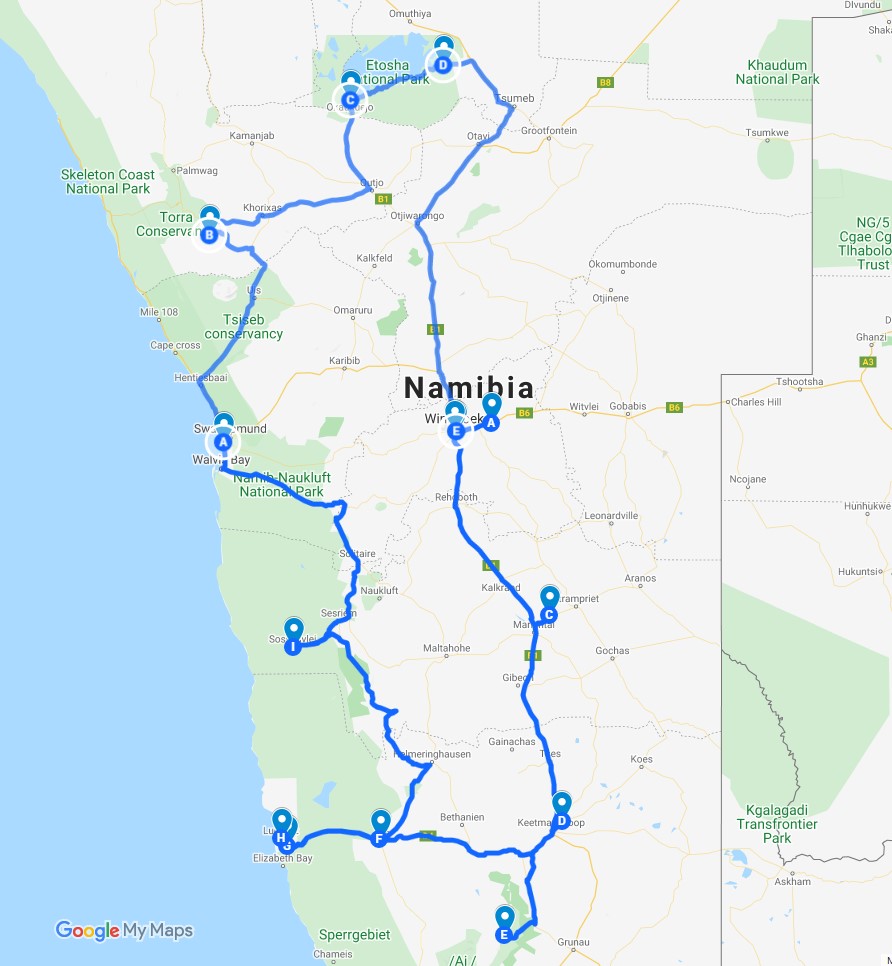
FAQs
Namibia is found in the South West of Africa. Angola borders it to the north, Zambia to the northeast, Botswana to the east and South Africa to the south. The Atlantic Ocean borders Namibia on the western side.
Namibia has a subtropical climate, characterized by hot and dry weather with little rain along the coast. Periods of winter drought alternate with summer rainfall between October and March with the interior having higher rainfall.
Namibia is a year round destination but Peak season is from July to November. Bear in mind that if you are planning to visit in December/January it gets very hot!
No you do not necessarily need a 4×4 to tour in Namibia. It however depends on which areas in Namibia you would like to see. Areas such as the Kunene Region it is advisable to hire a car with high ground clearance and 4×4. The National parks in the Zambezi (Caprivi) you will require a 4×4. It will also depend on if you are planning on traveling to Namibia during the rainy season. Remember that 80% of roads in Namibia are gravel and if you are traveling in a normal sedan car you will be required to travel slowly to ensure your safety.
The official currency of Namibia is the Namibian Dollar (N$), divided into 100 cents. The Namibian Dollar and South African Rand are the only currencies accepted in Namibia. Traveler’s cheques in Rands are accepted. Foreign currency can be converted into Namibian Dollars or South African Rands at commercial and bureau de change.
Major credit cards are widely accepted, including Visa, MasterCard, American Express and Diners Club. Cards can also be used to withdraw cash from ATM’s. Filling stations do not accept credit cards.
It is customary to give 10% of the bill in restaurants if service received is of a good standard. Porters should receive about N$5.00 – N$10.00, a petrol station attendant about N$10.00 and if you are on a guided safari tour, the minimum tip for your tour guide is N$100.00 per person per day, it’s not compulsory but it’s a token of appreciation for service rendered daily.
Namibia is a peaceful country overall…it is considered to be one of the most stable and safe countries on the African continent. However like any country tourists can be targeted. Pickpockets can be a problem and don’t make yourself a target i.e. have your camera hanging around your neck – rather place your goods in a secure bag or back pack. Be alert and use some common sense and you should be fine. If you want to visit a township, do so in a group and with someone who is familiar with the area. Driving under the influence of alcohol is also a problem, so when driving and walking over the weekends, be alert.
Yes, Namibia is a safe country and often regarded as a great place not only for first time travelers to Africa but also for families. Most of the accommodation establishments cater for families and a lot of the activities on offer cater for families and children. The infrastructure is good, water is generally safe to drink and there is plenty to keep everyone of all ages occupied.
Mobile phones are common in Namibia and use the same frequency as Europe and the rest of Africa. One is able to purchase a starter kit from the local Cell phone service provider. These are widely available at international airports, cities and towns. You would then need to purchase air time as and when you need it.
Most of the accommodation establishments now offer free WI-FI for their guests. There are also internet cafes in Windhoek, Swakopmund and other towns.
The voltage in Namibia is 220-230 V (identical to South Africa). Most supermarkets sell adapters. Many farmers generate their own electricity with a diesel generator, which is only run during the day.
Yes most definitely. The largest and only international airport is Hosea Kutako International Airport located about 45km east of Windhoek, the capital of Namibia There are smaller airports located all over the country.
Namibia does have a few strange items on the menu as with many countries in the world. Don’t worry too much though, those are not the only options available. Namibia offers a great selection of steaks and game dishes and hamburgers are widely available. A wide variety of seafood is also available as Namibia borders the Atlantic Ocean which is rich in sea life. If you are vegetarian you will be pleased to know that more and more of the local restaurants and accommodation establishments cater for vegetarians.
Highways exist from Windhoek to all major towns. Asphalt roads extend to most of the borders (except Mata Mata, Klein Manasse, Velloorsdrift and Tsumkwe). Main roads are in good condition and are maintained to all weather standards. At least 80% of the roads in Namibia are gravel roads and are generally very well maintained. Please always remember to stay within the speed limit on gravel roads.

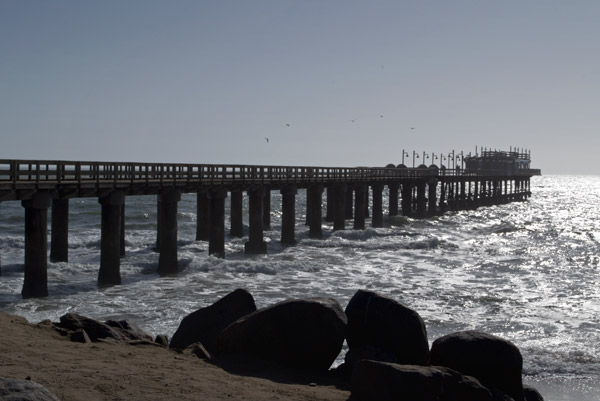




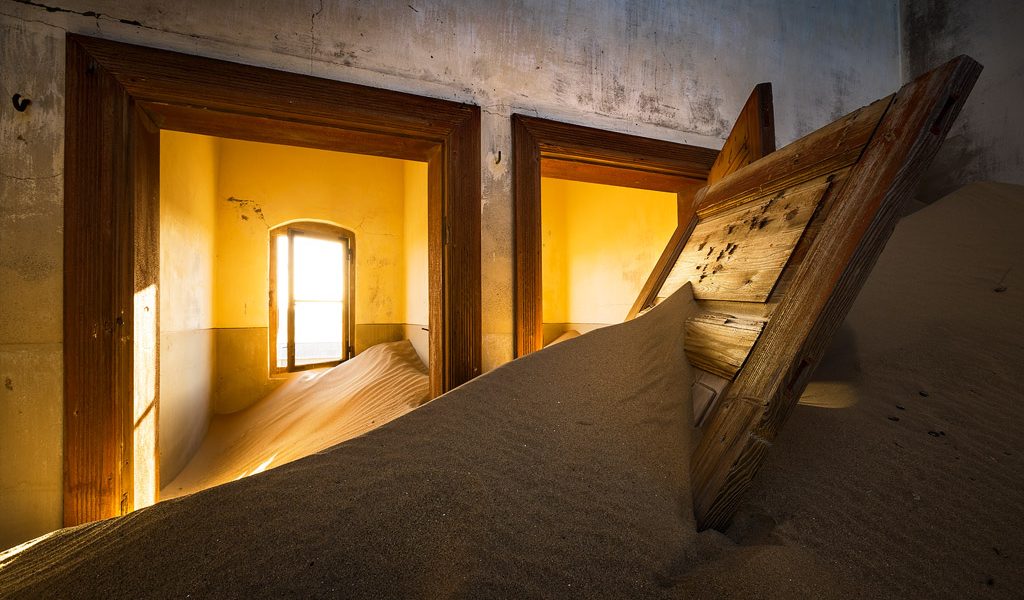

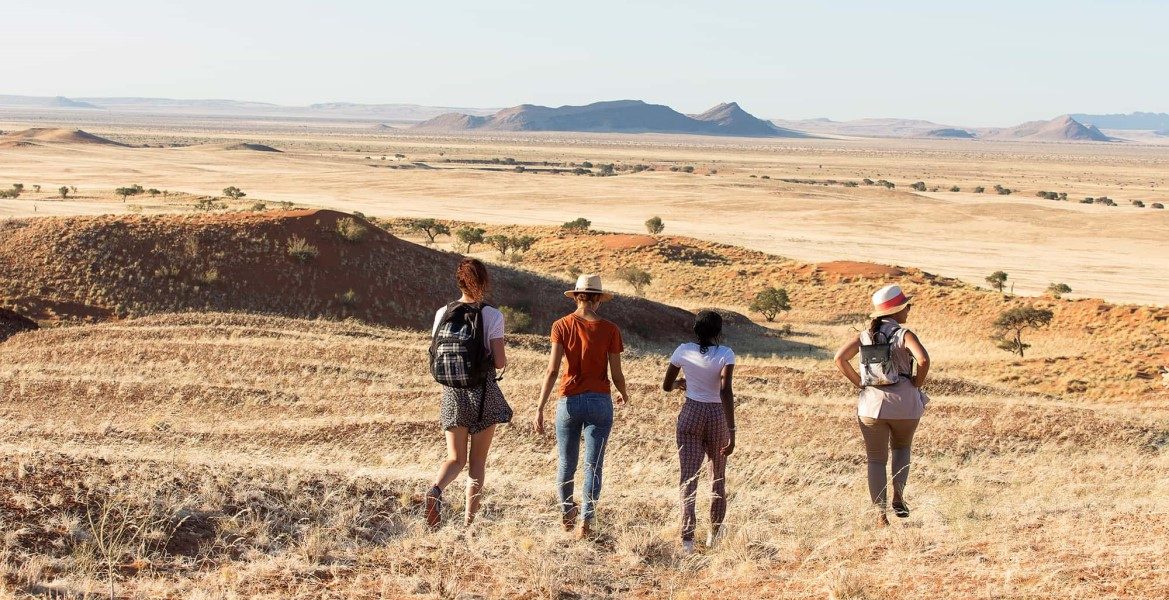









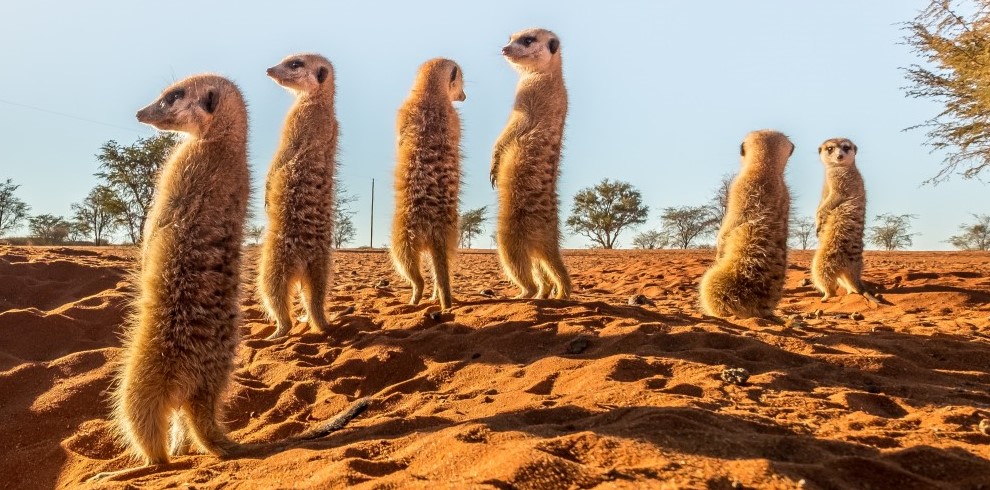




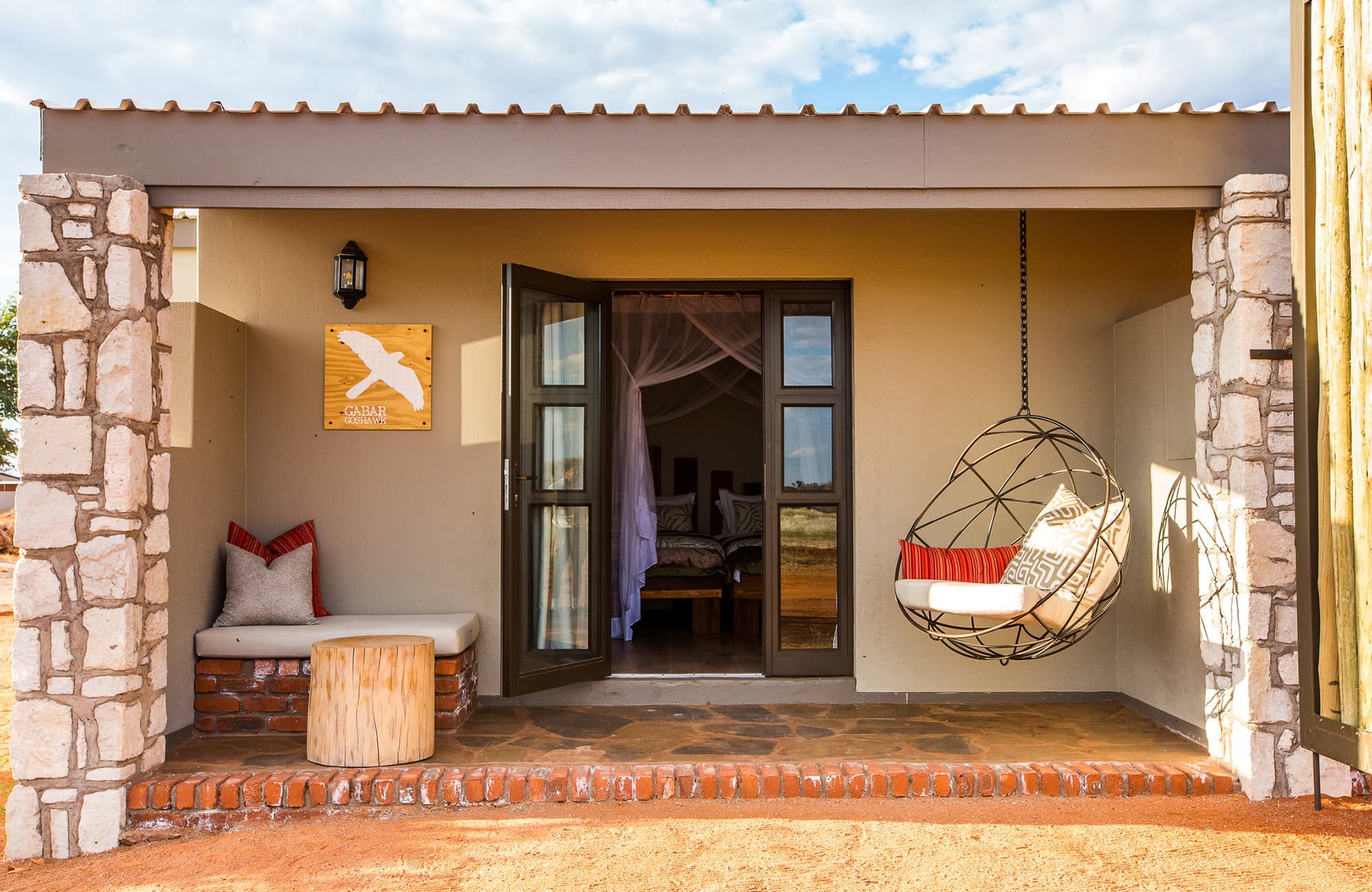
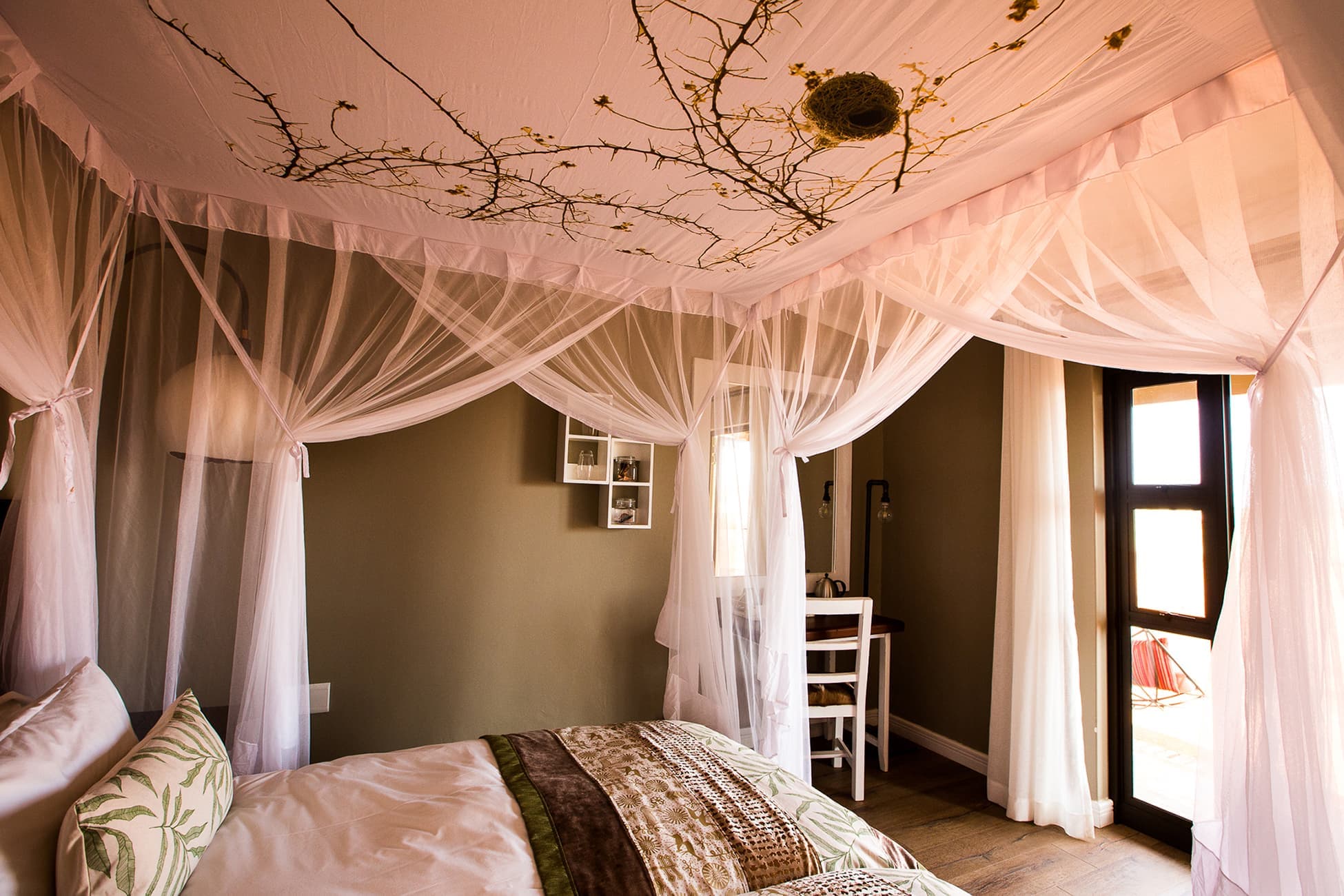
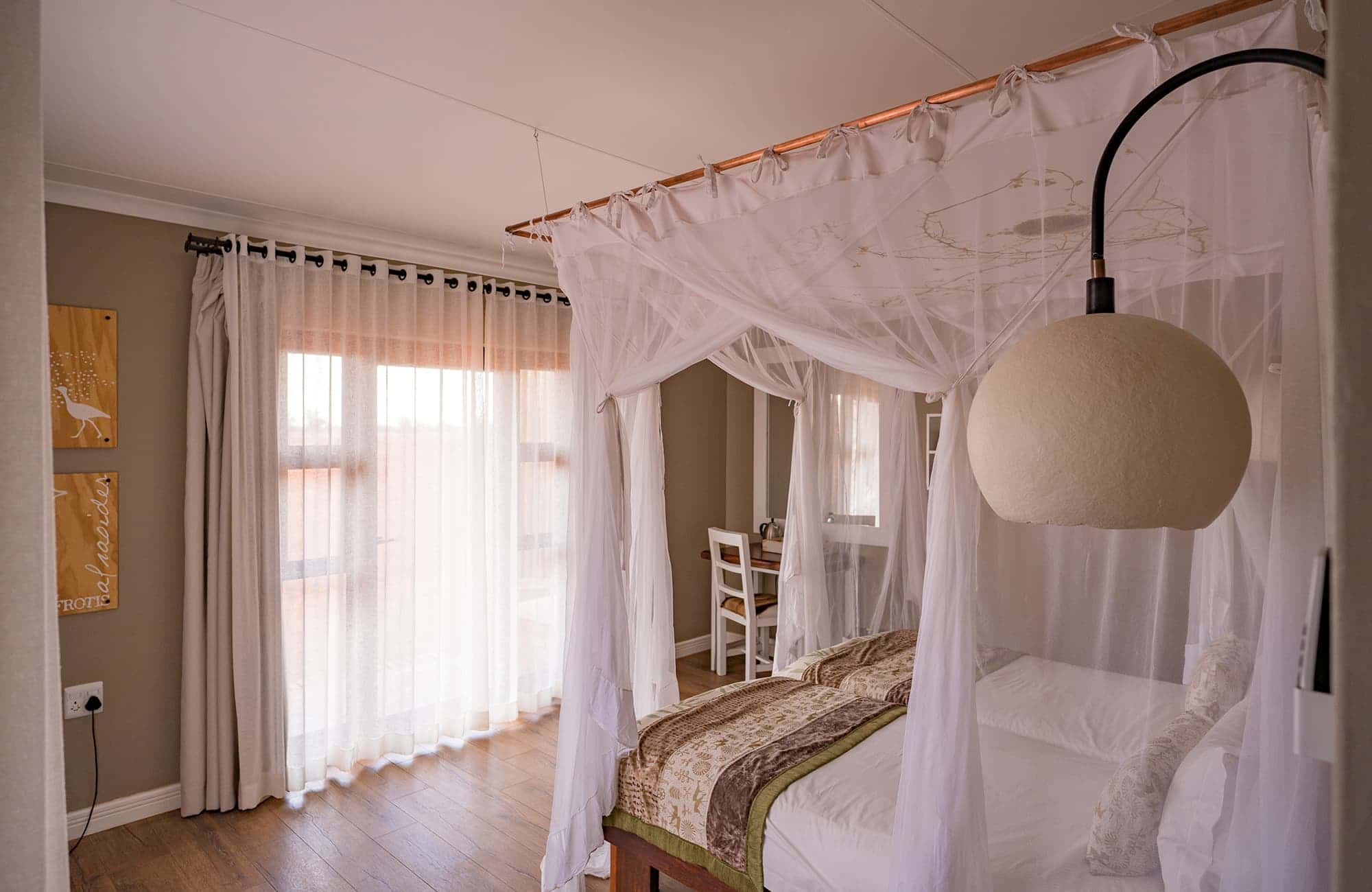

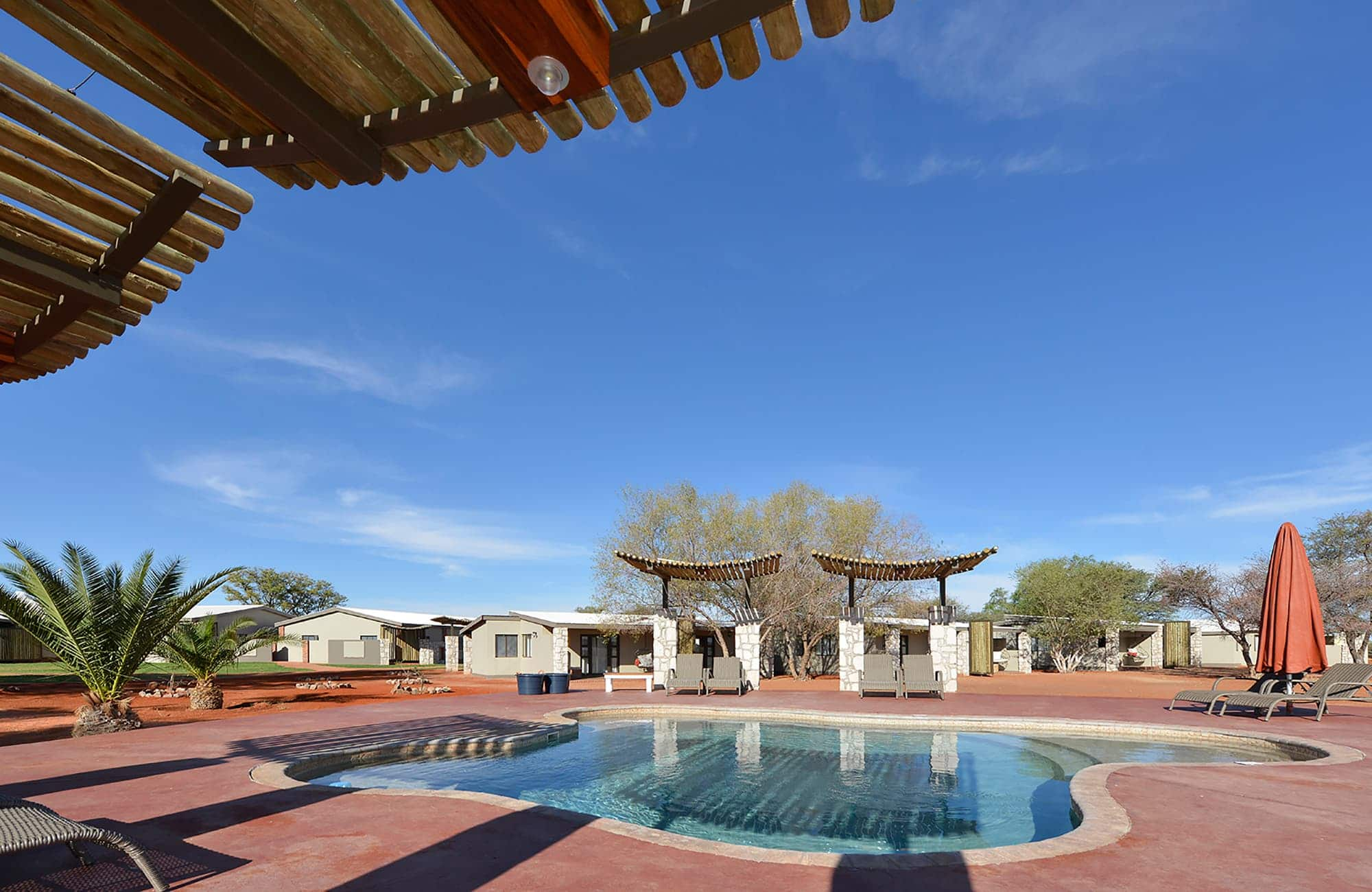
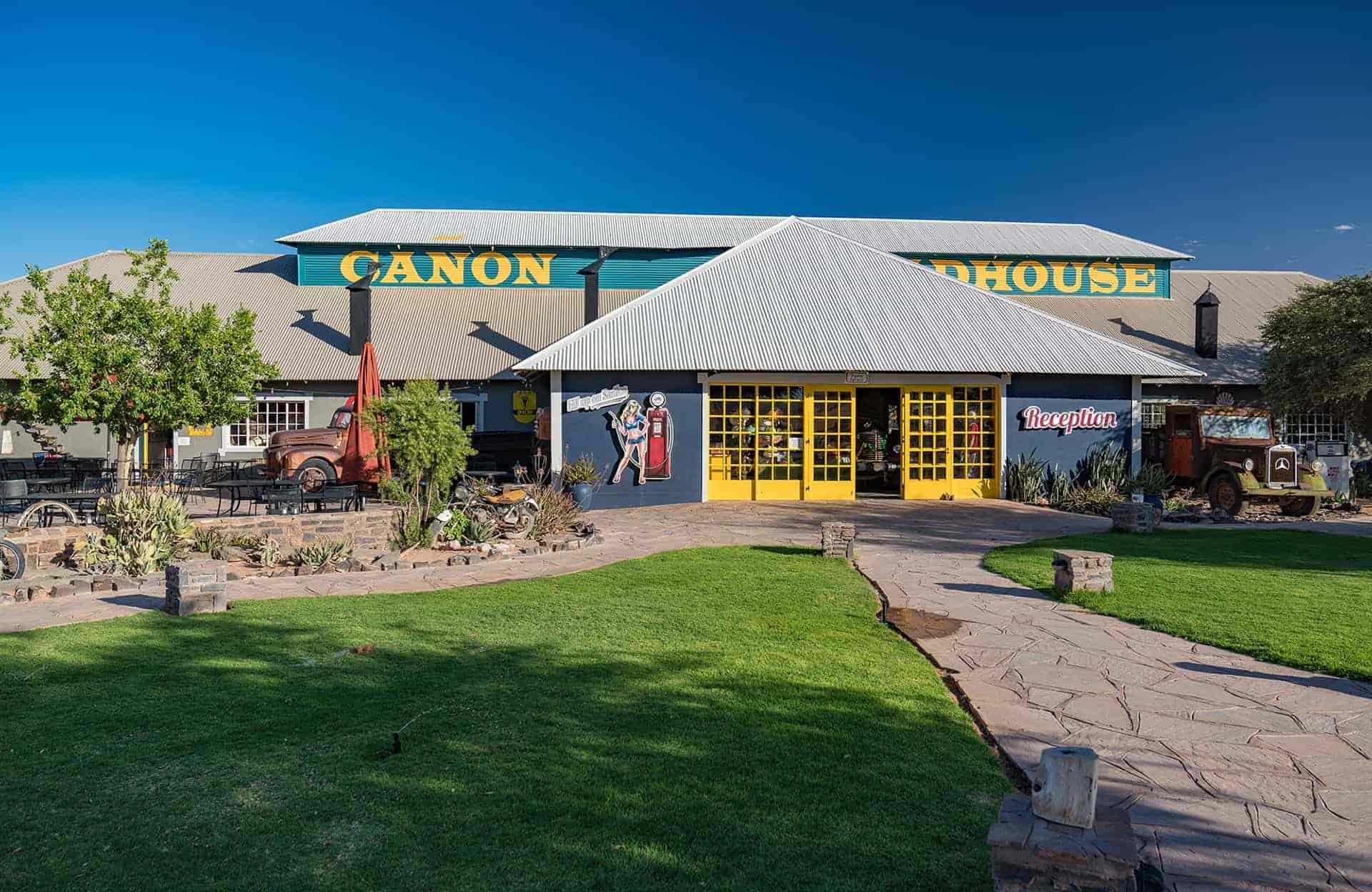
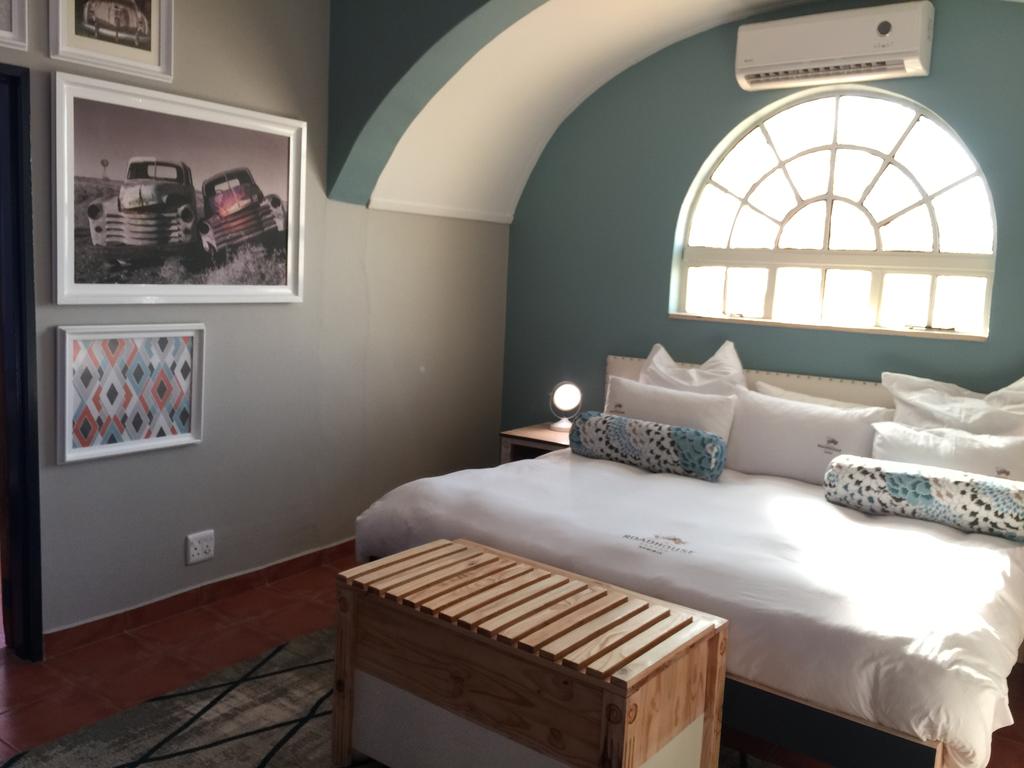
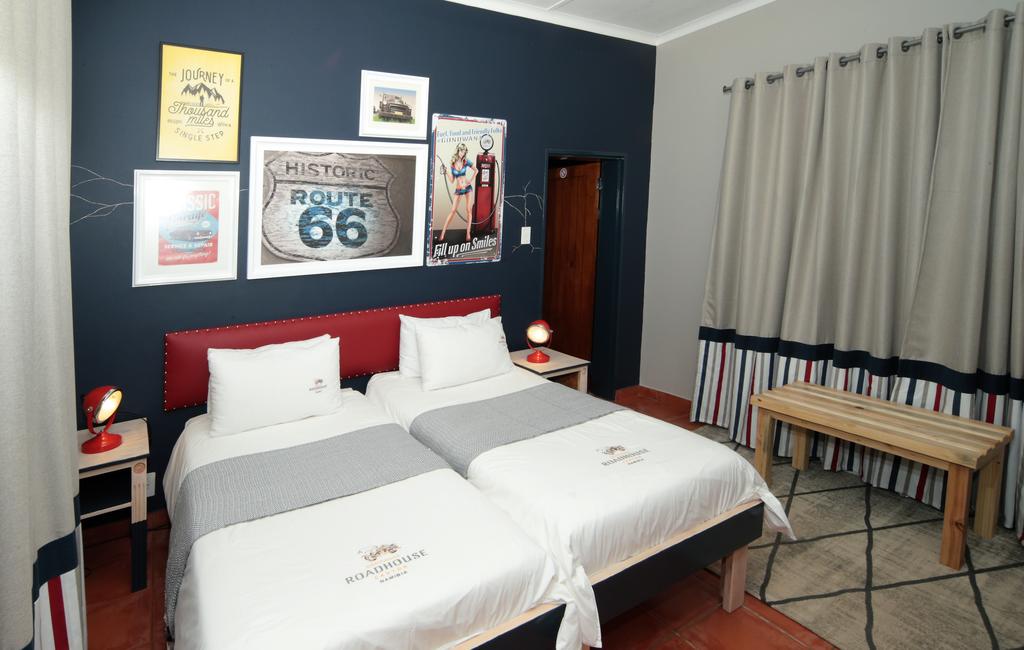
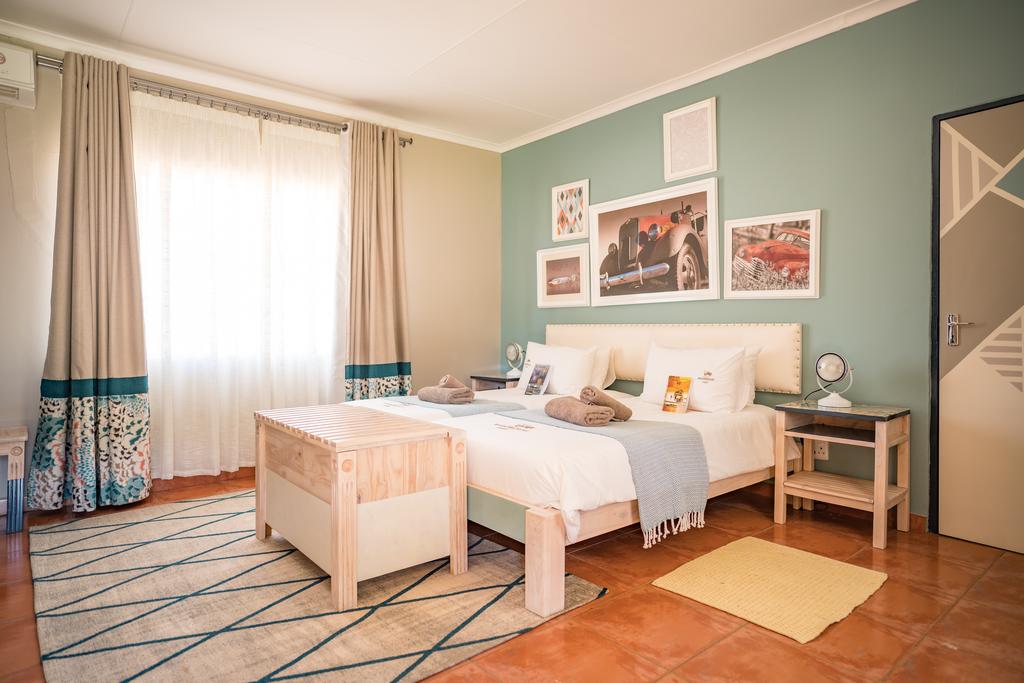

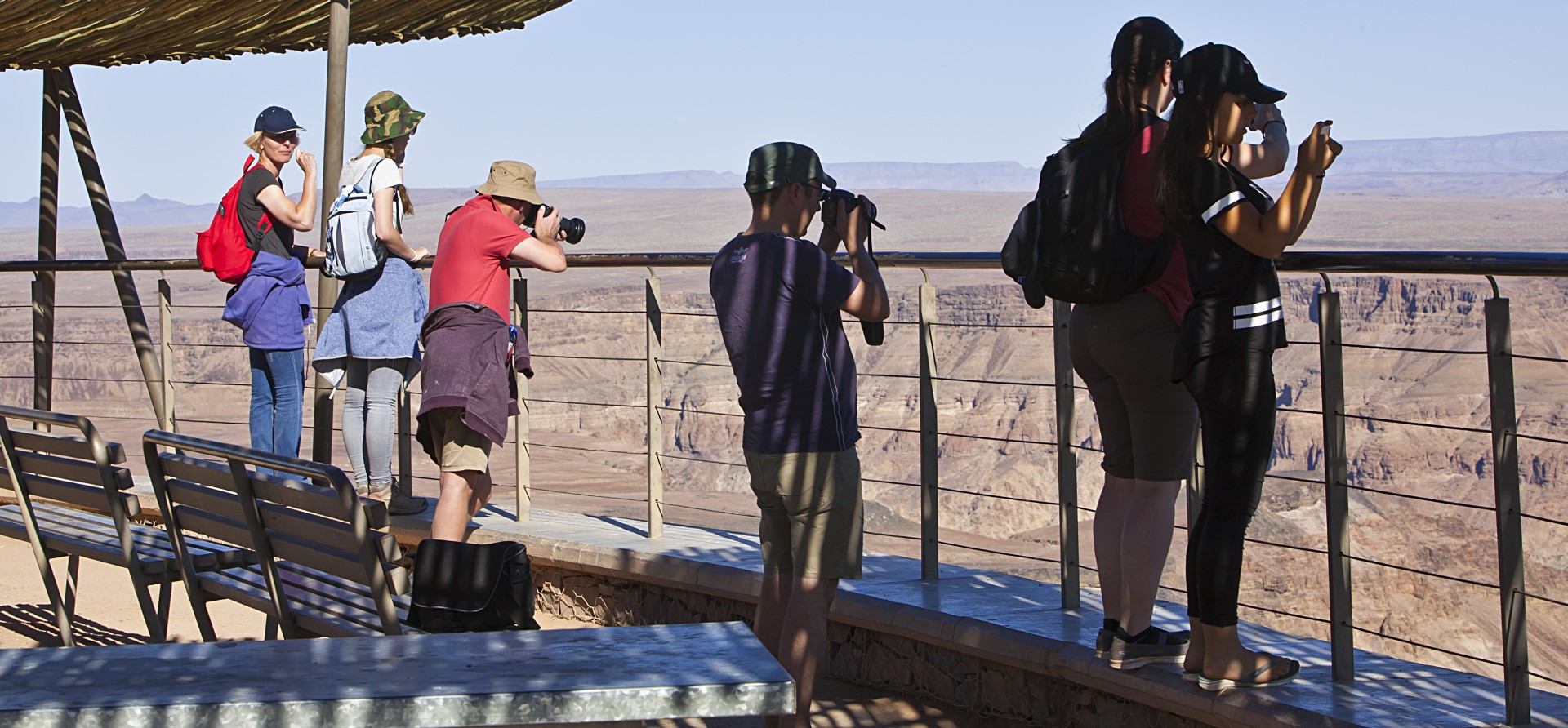
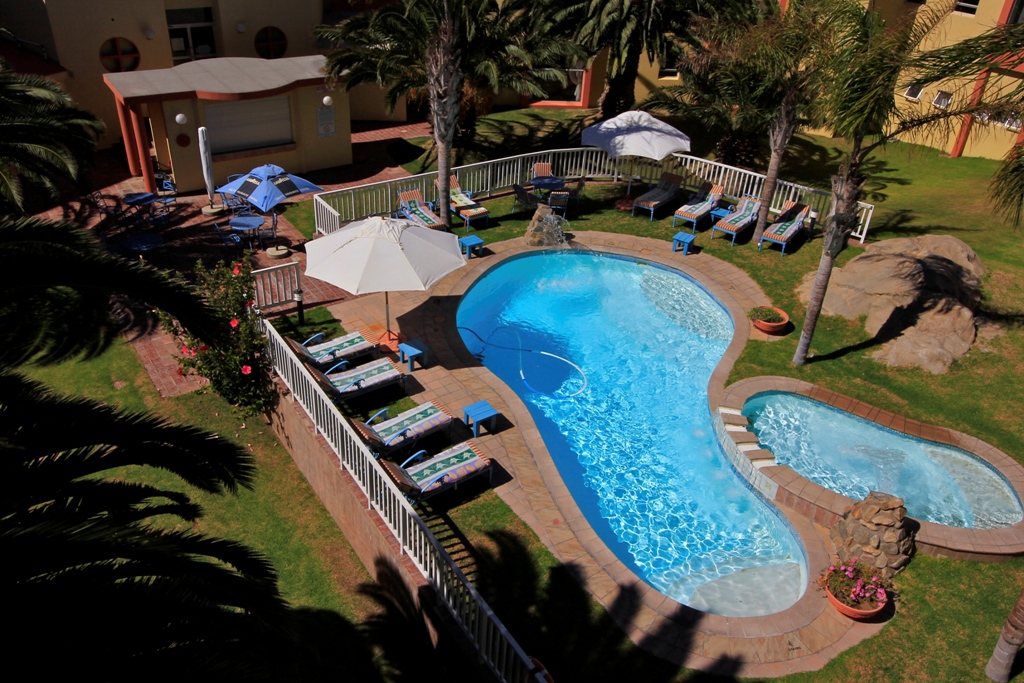
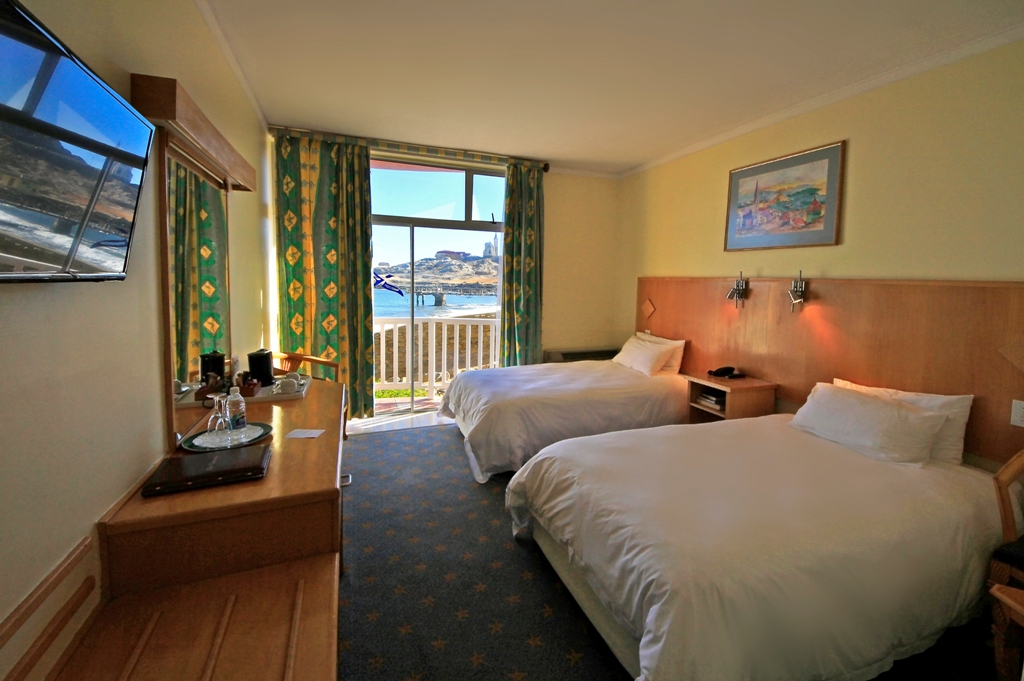

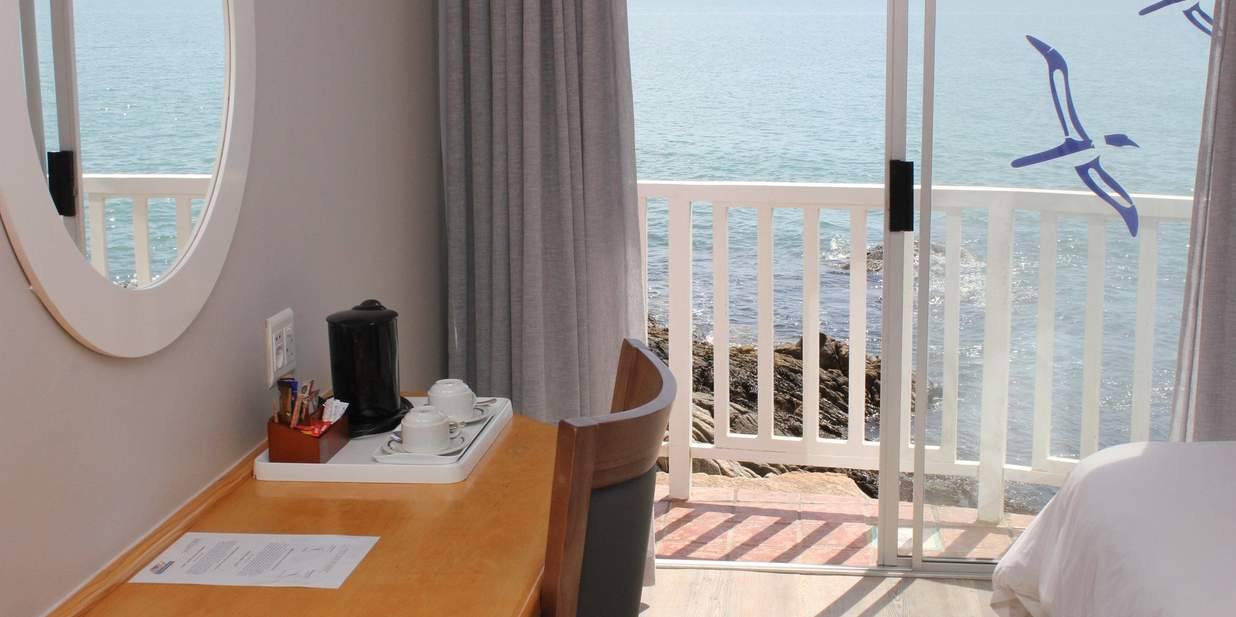

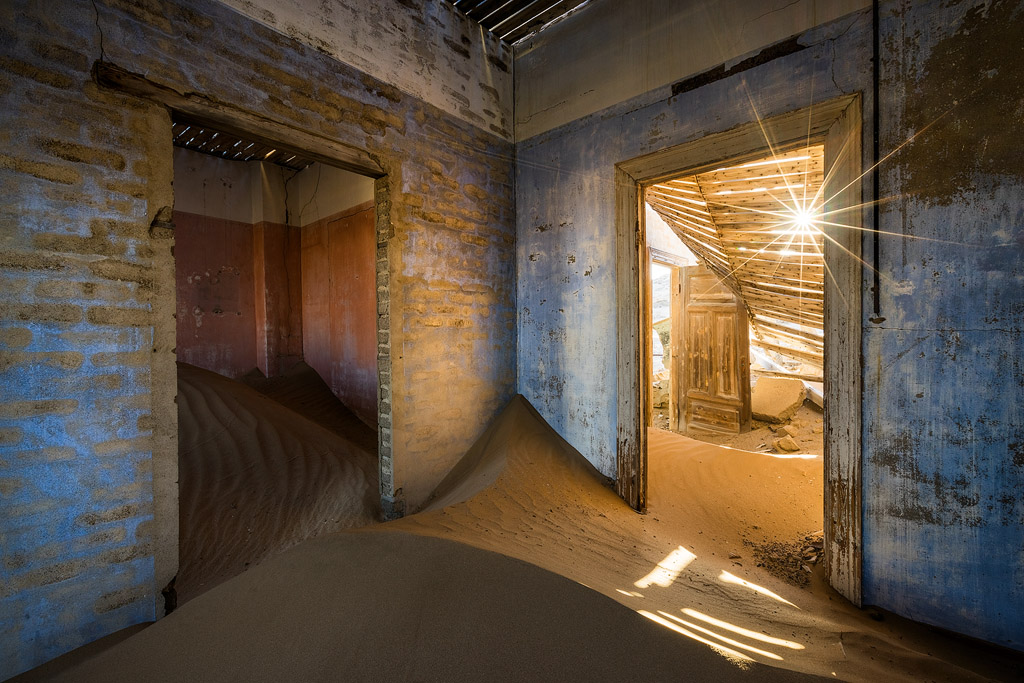

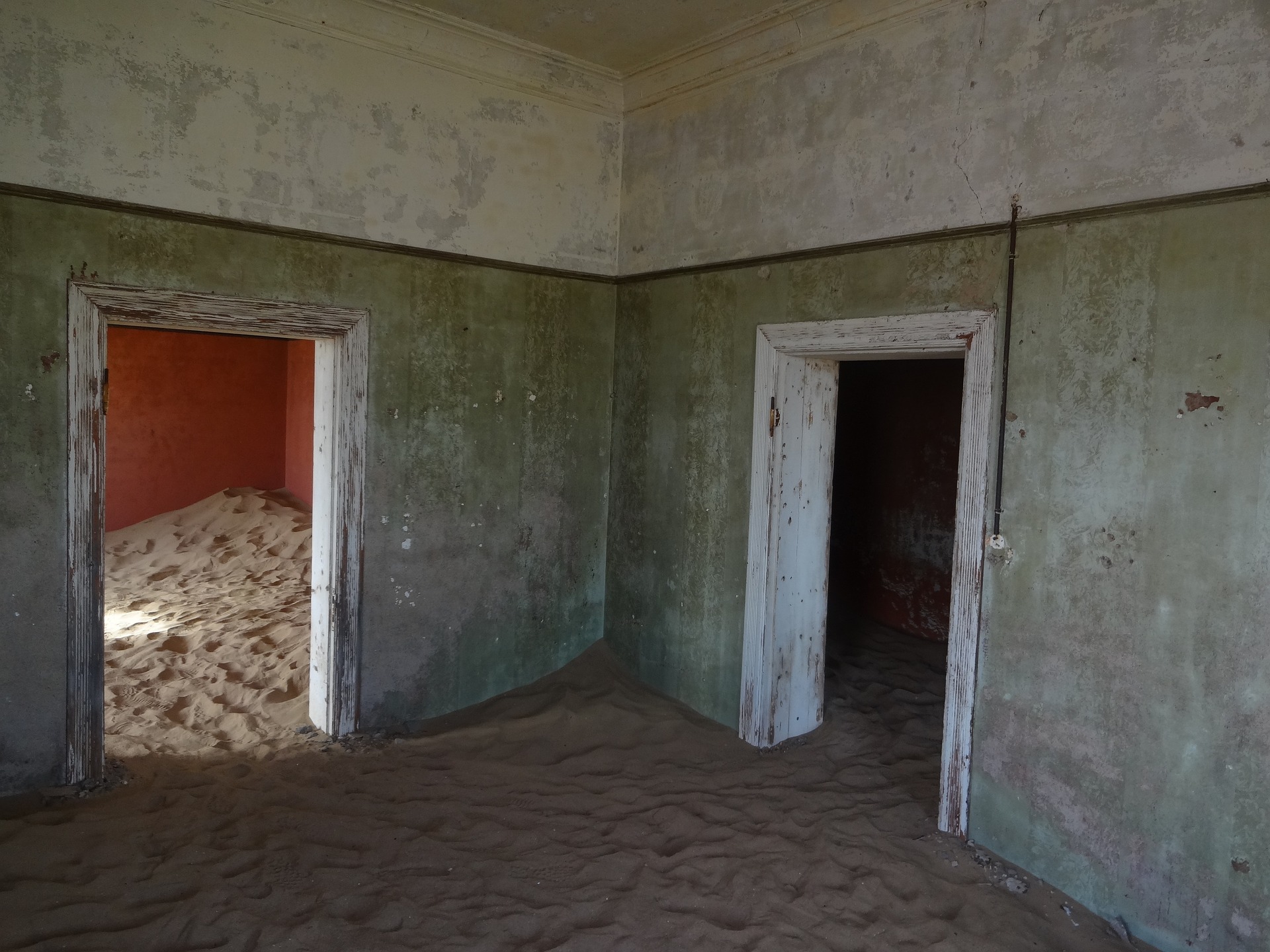
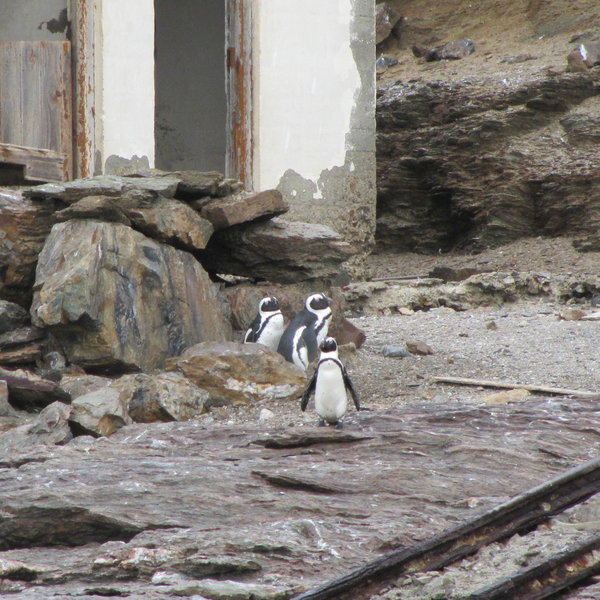
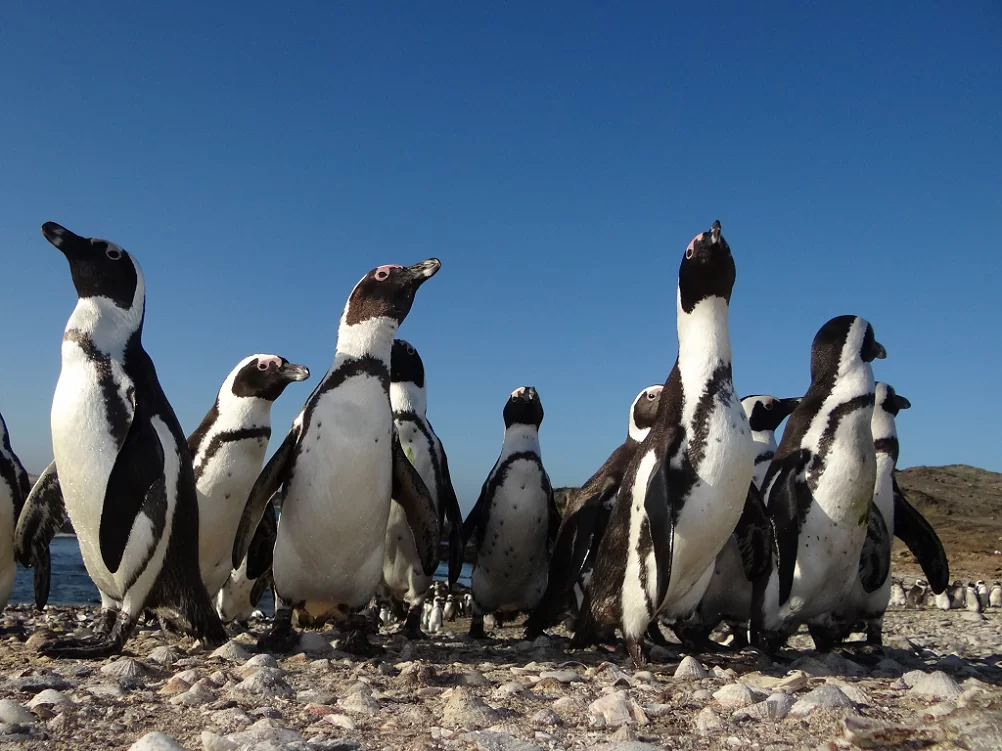
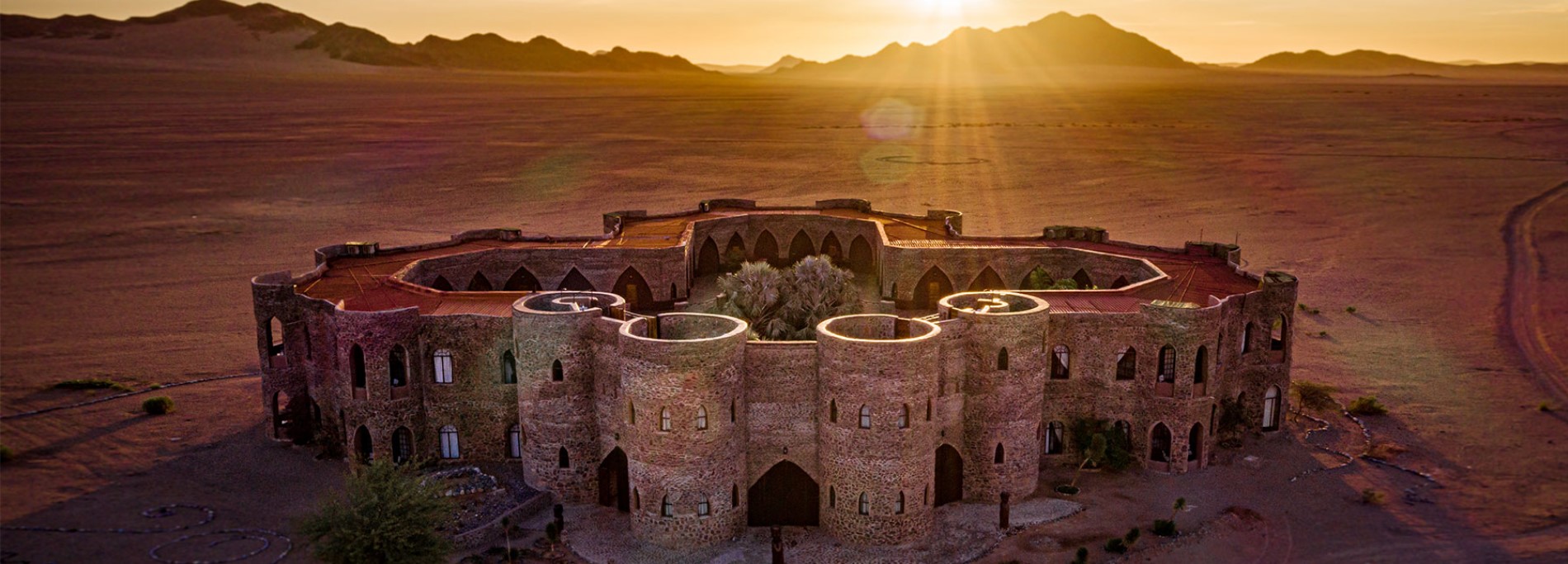
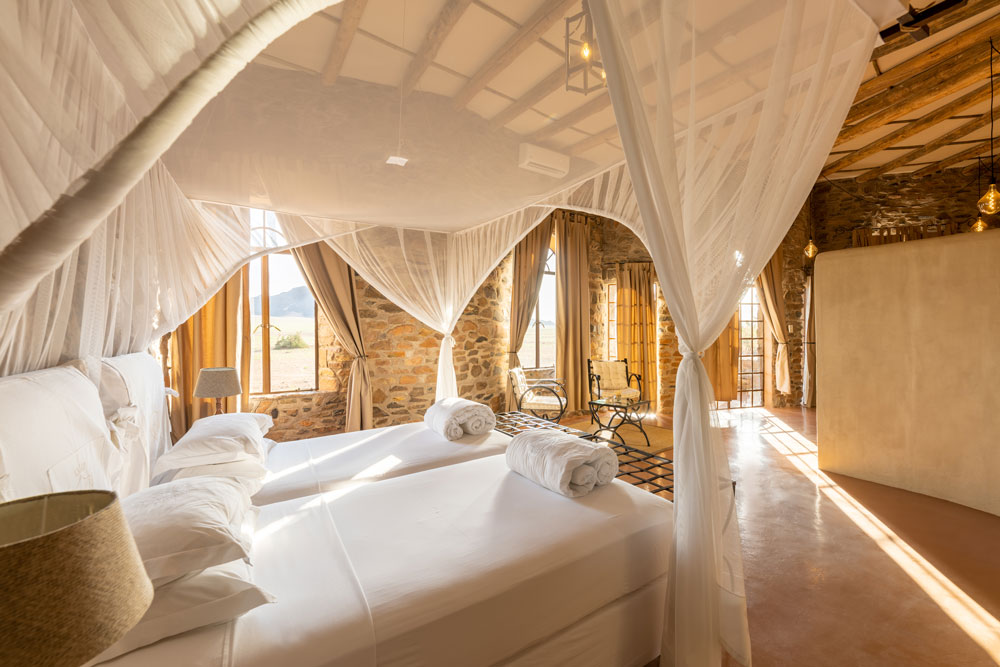
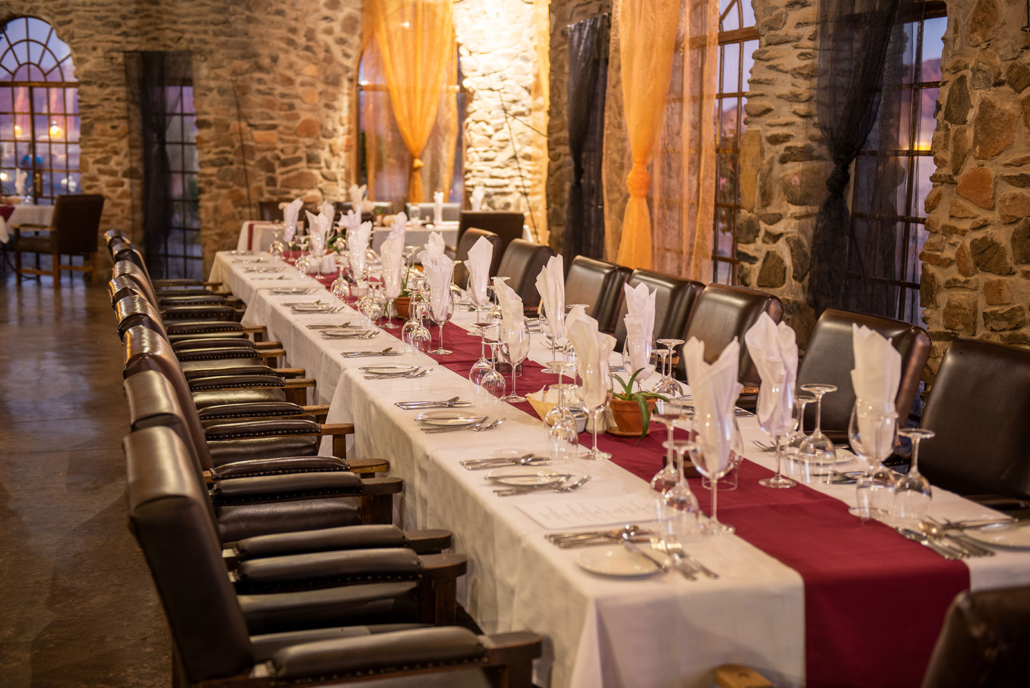

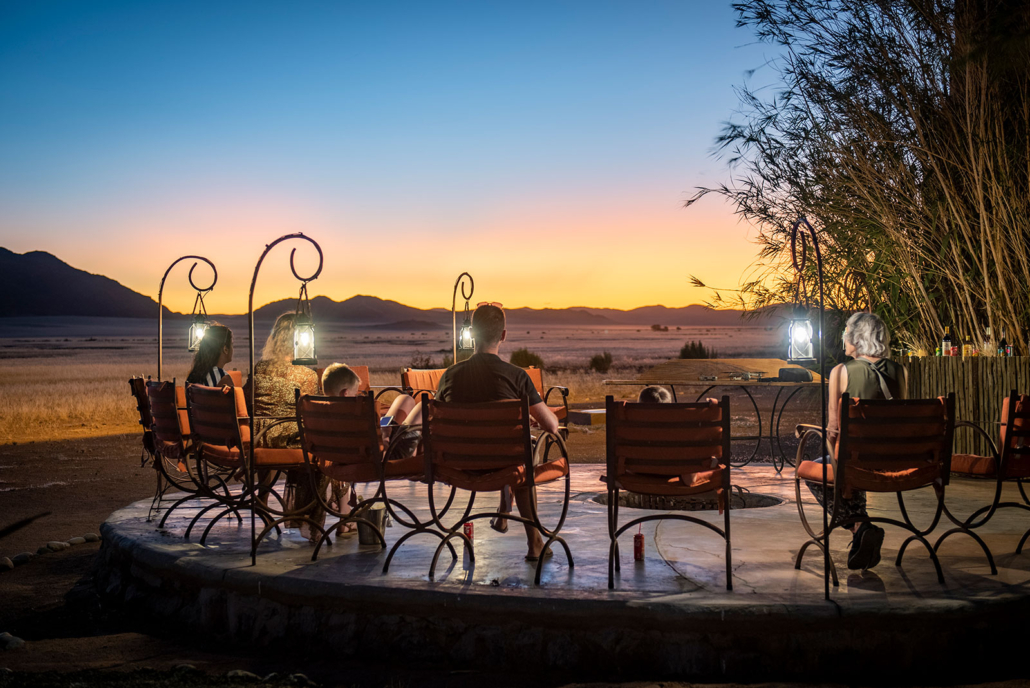








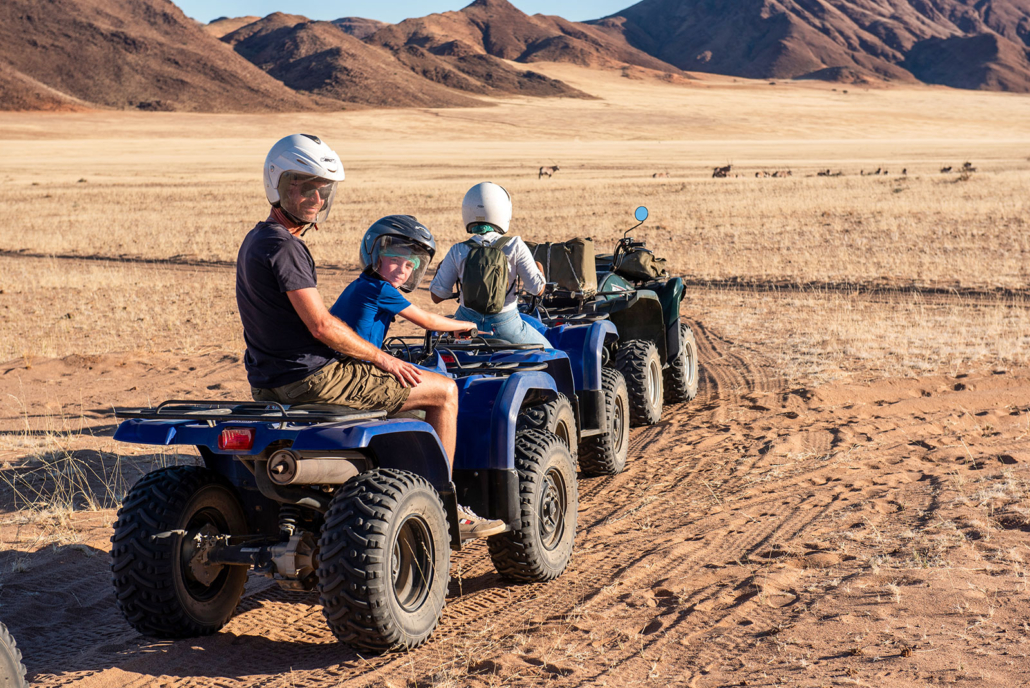
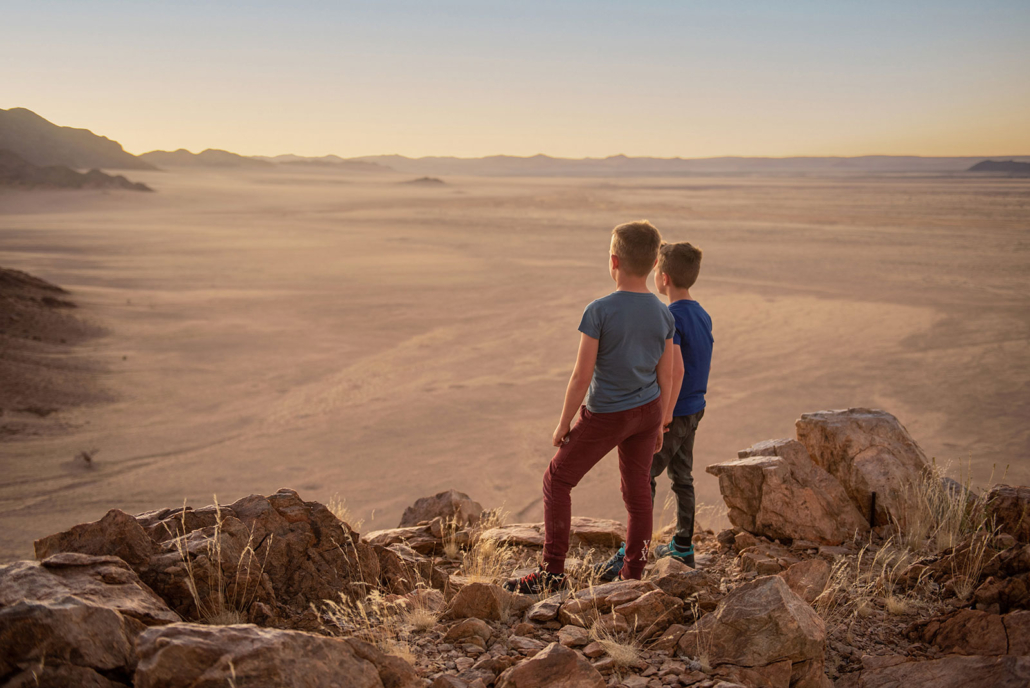








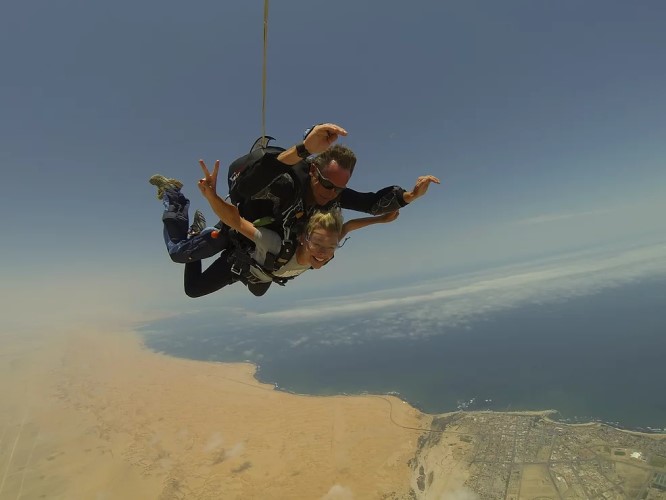

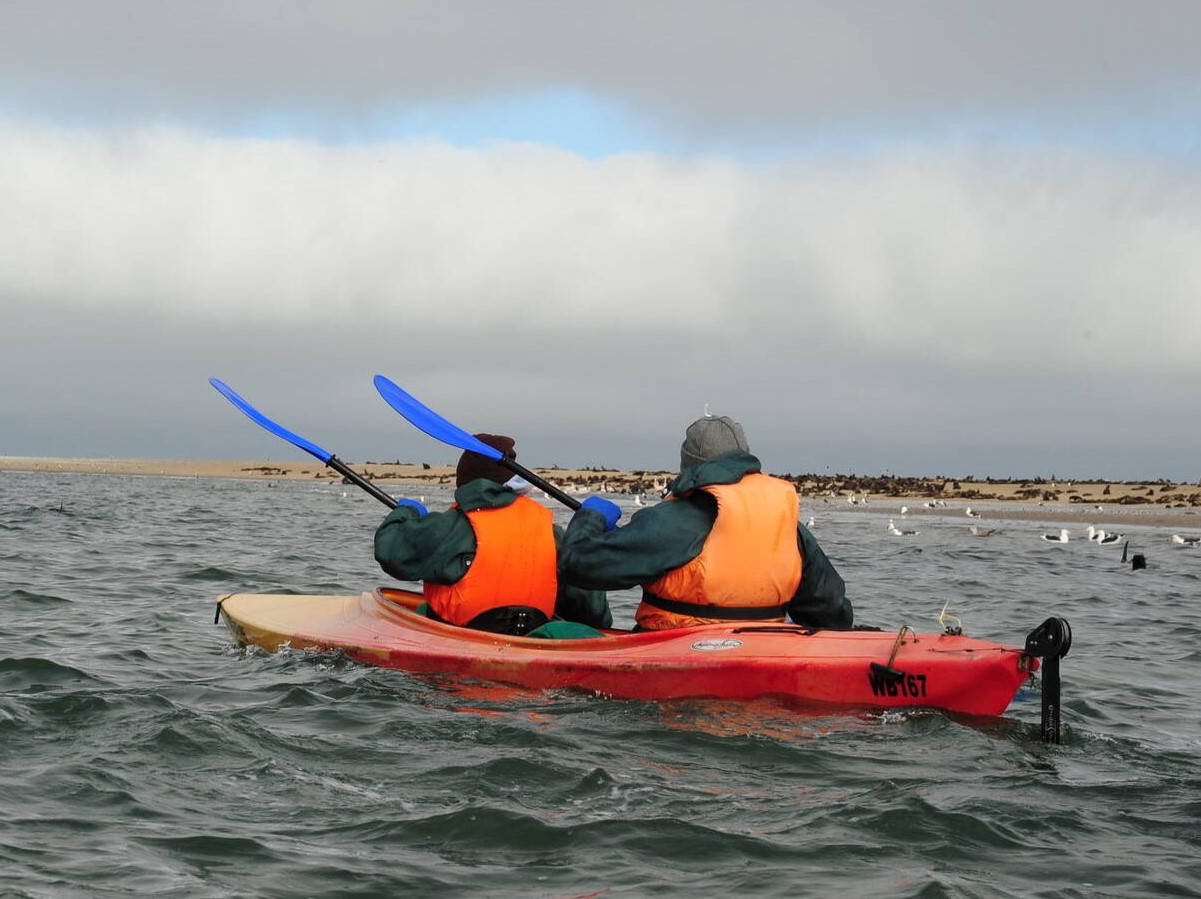
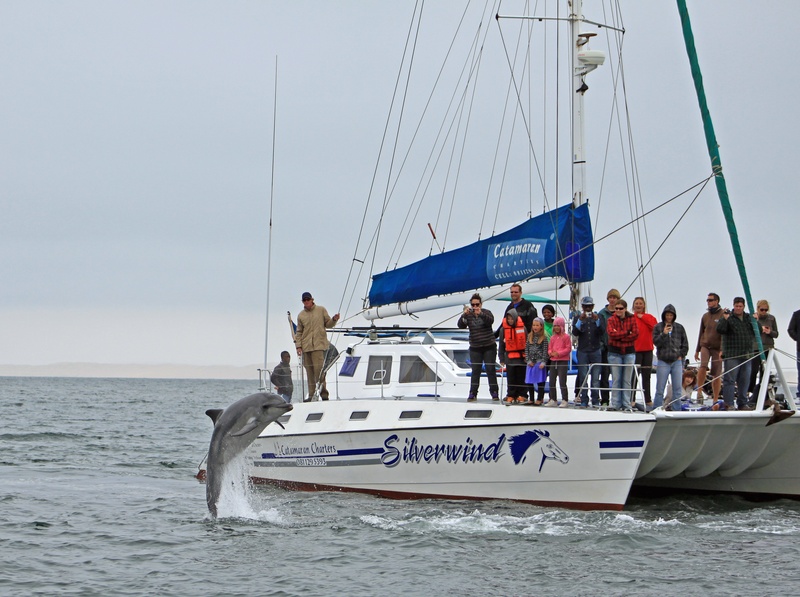
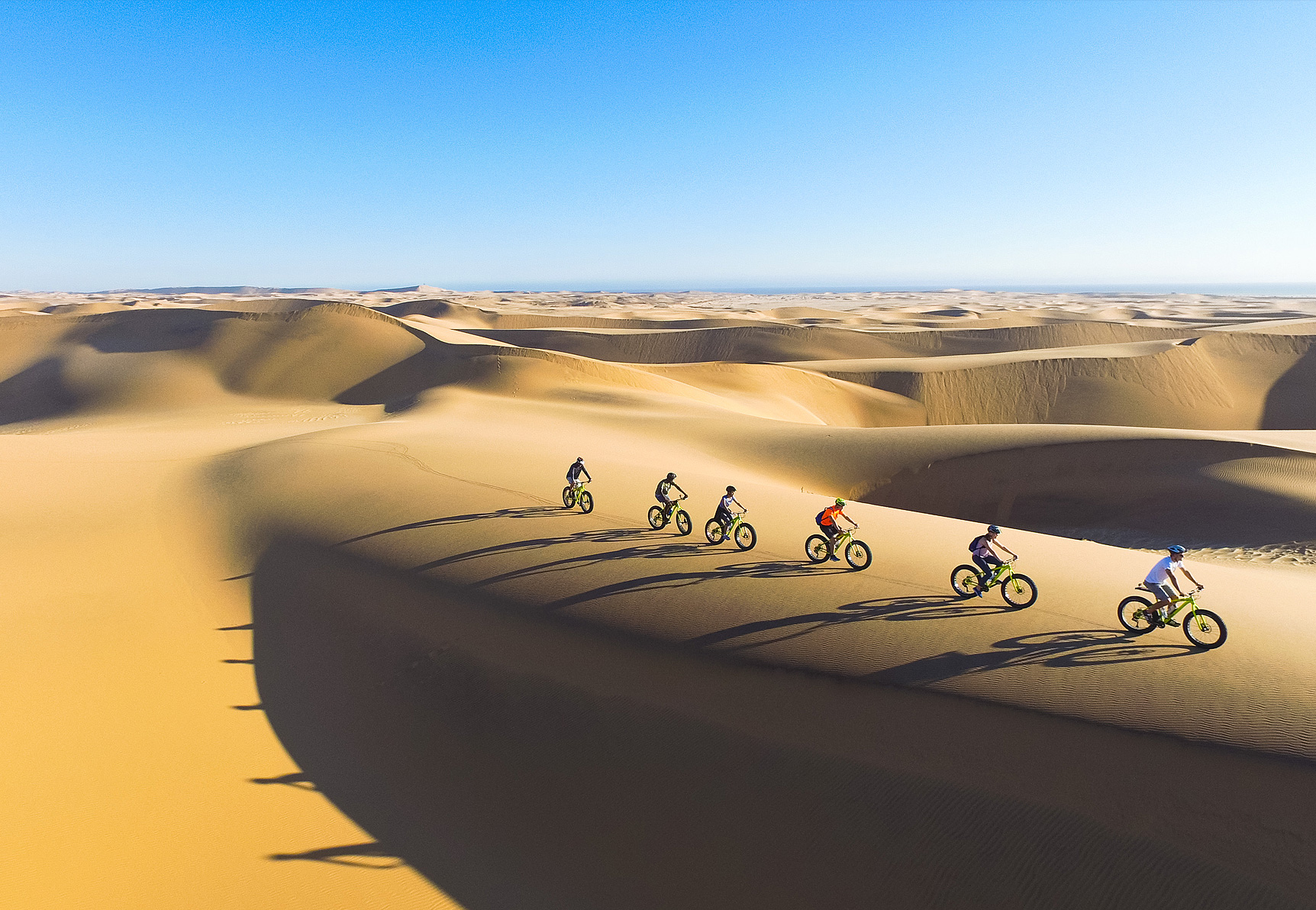
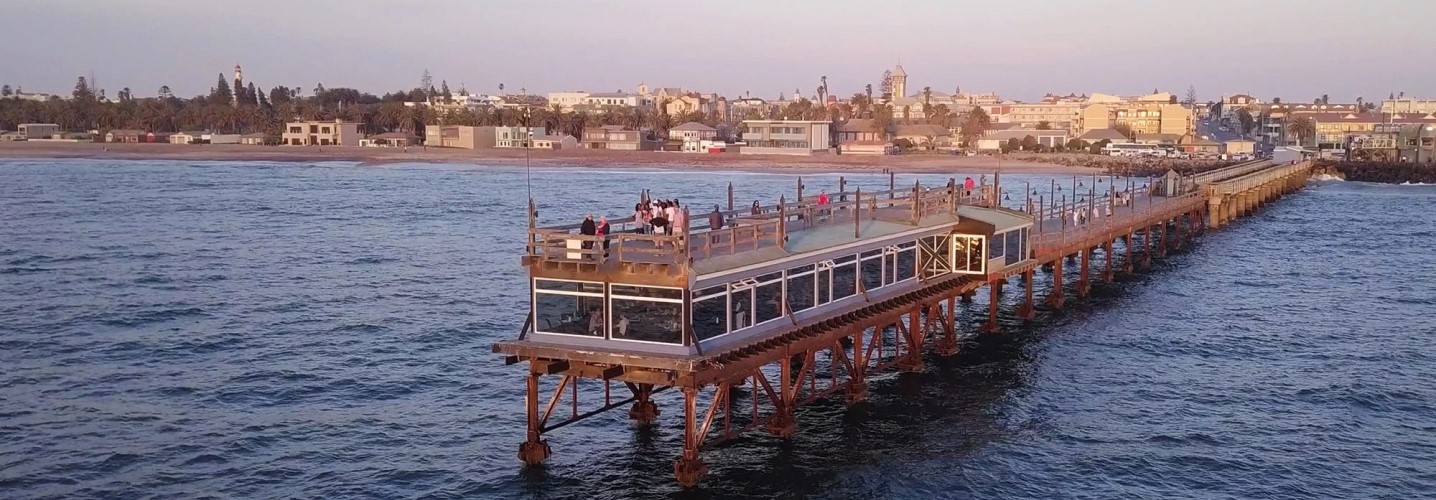

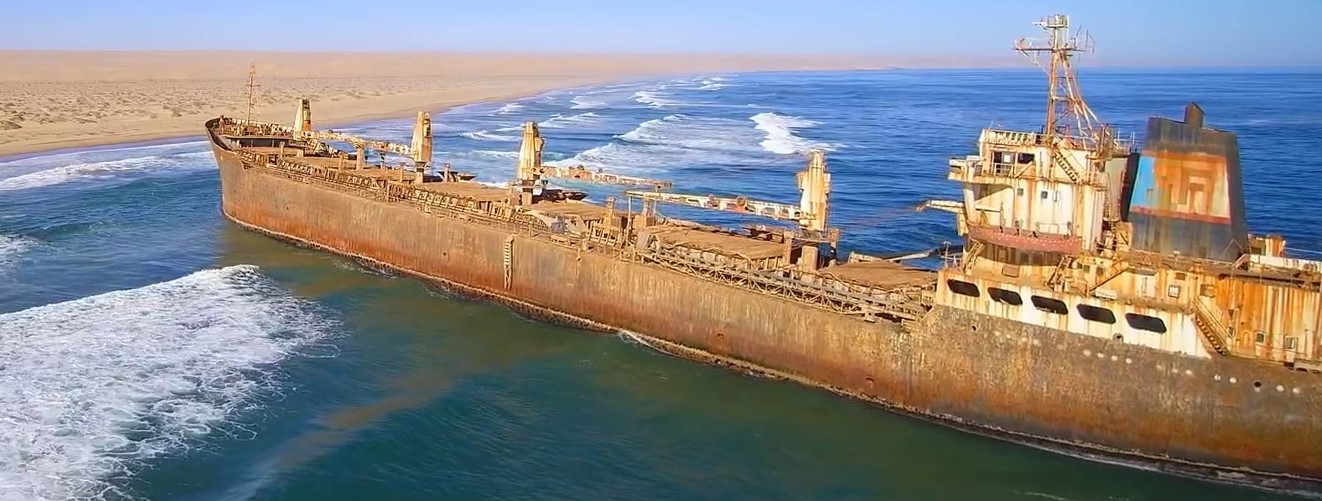
























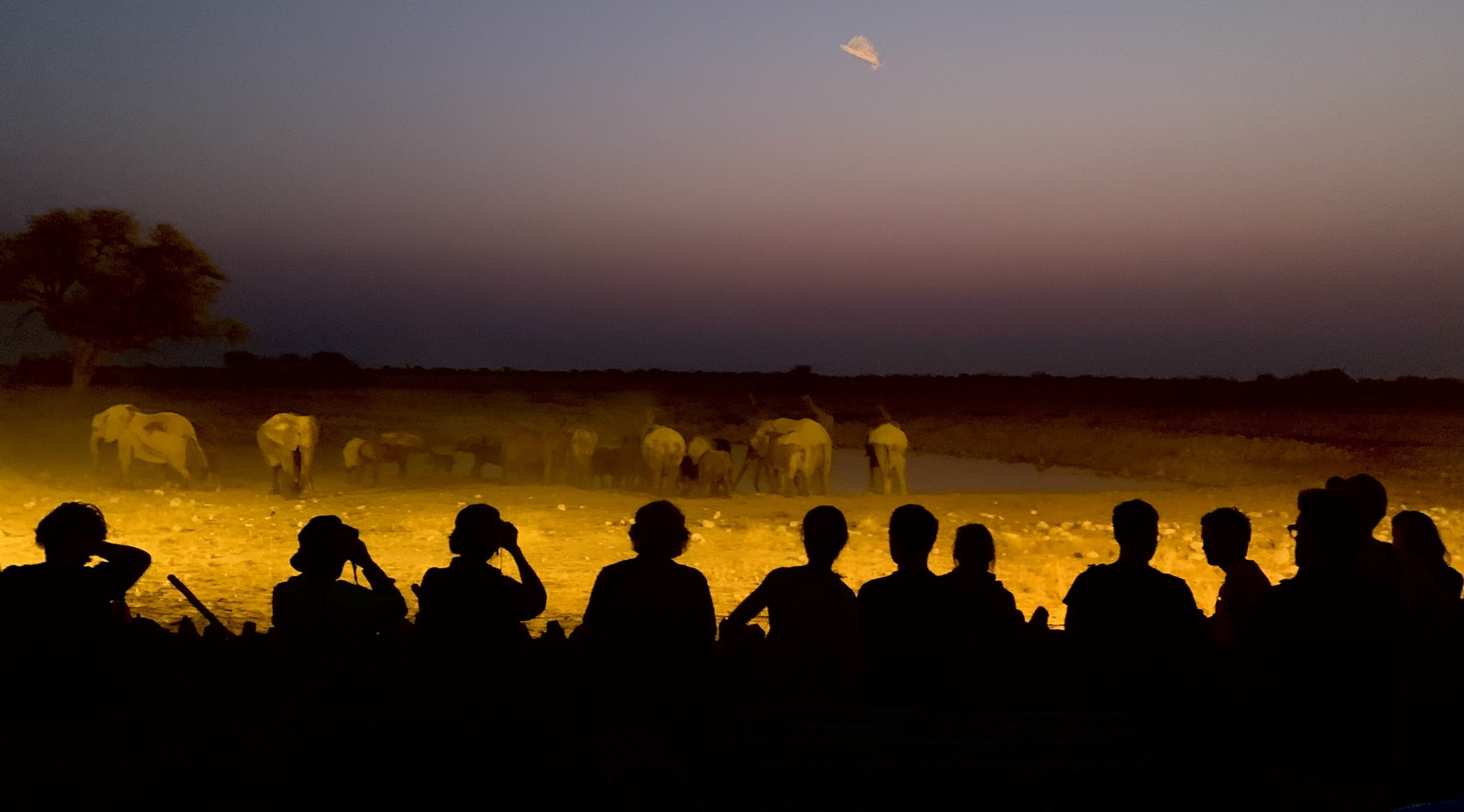
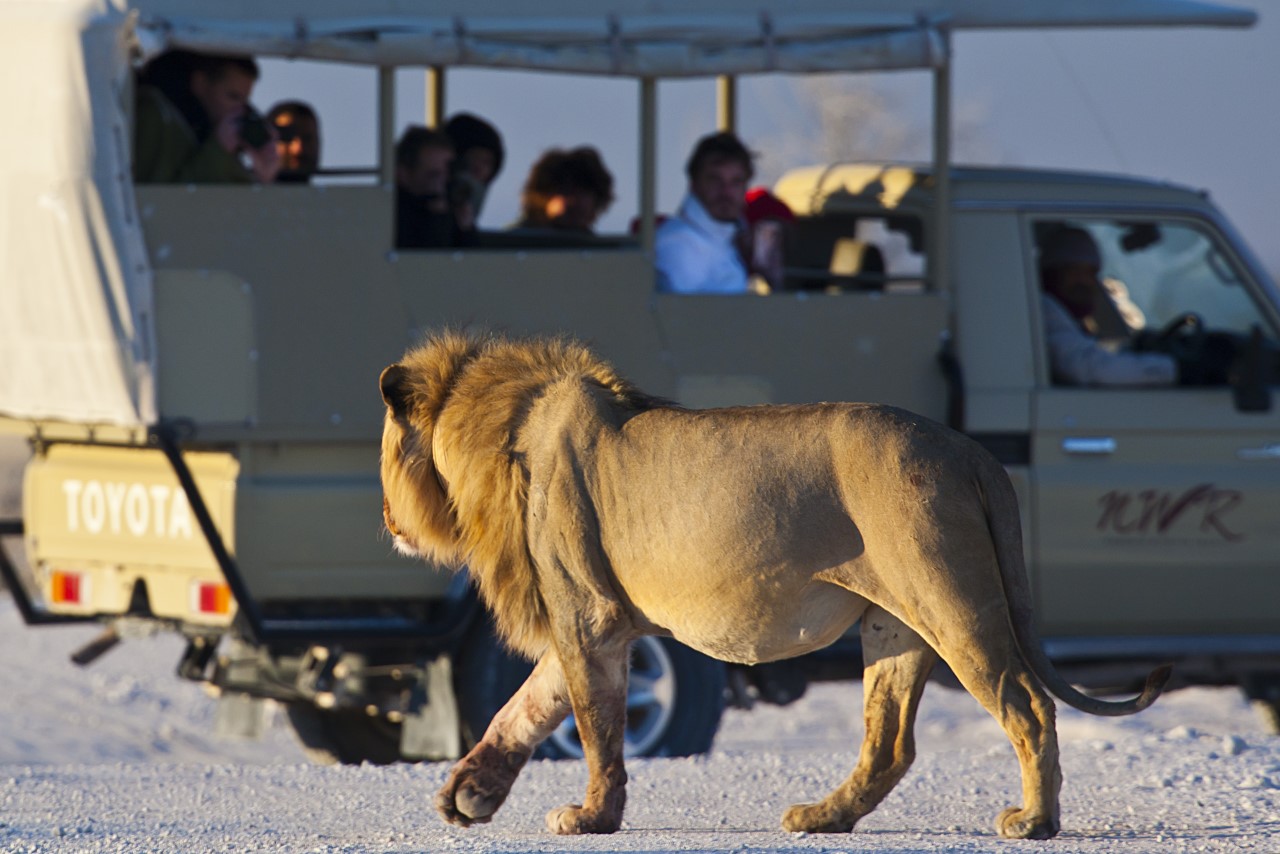
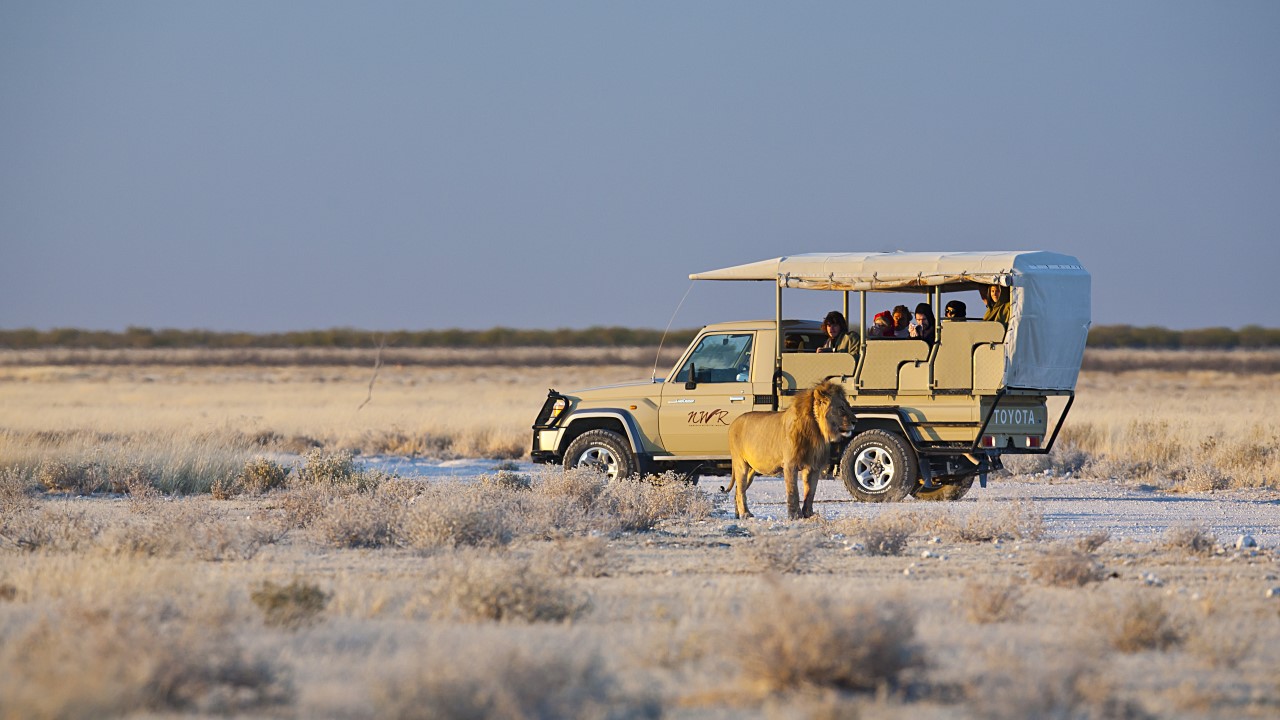















Write a Review